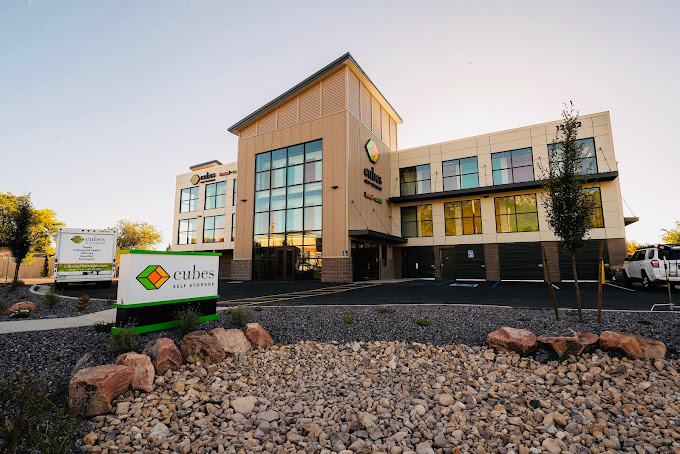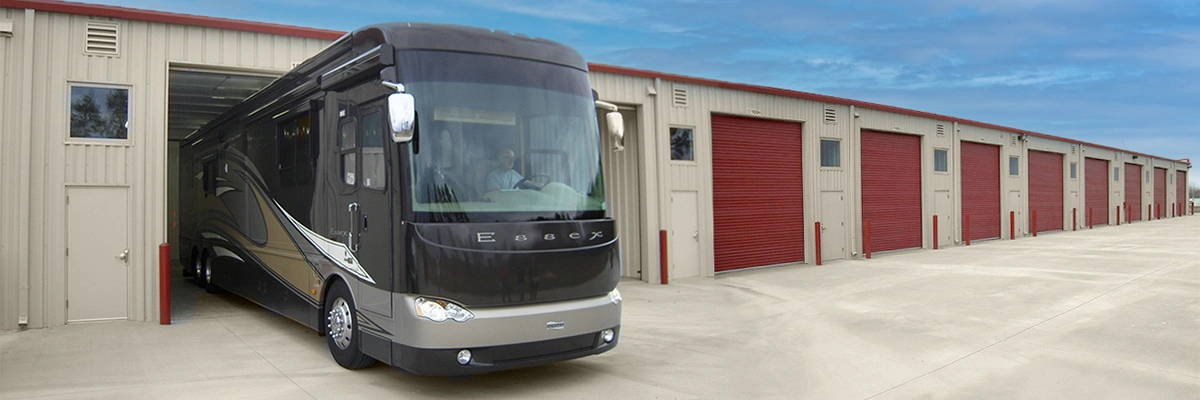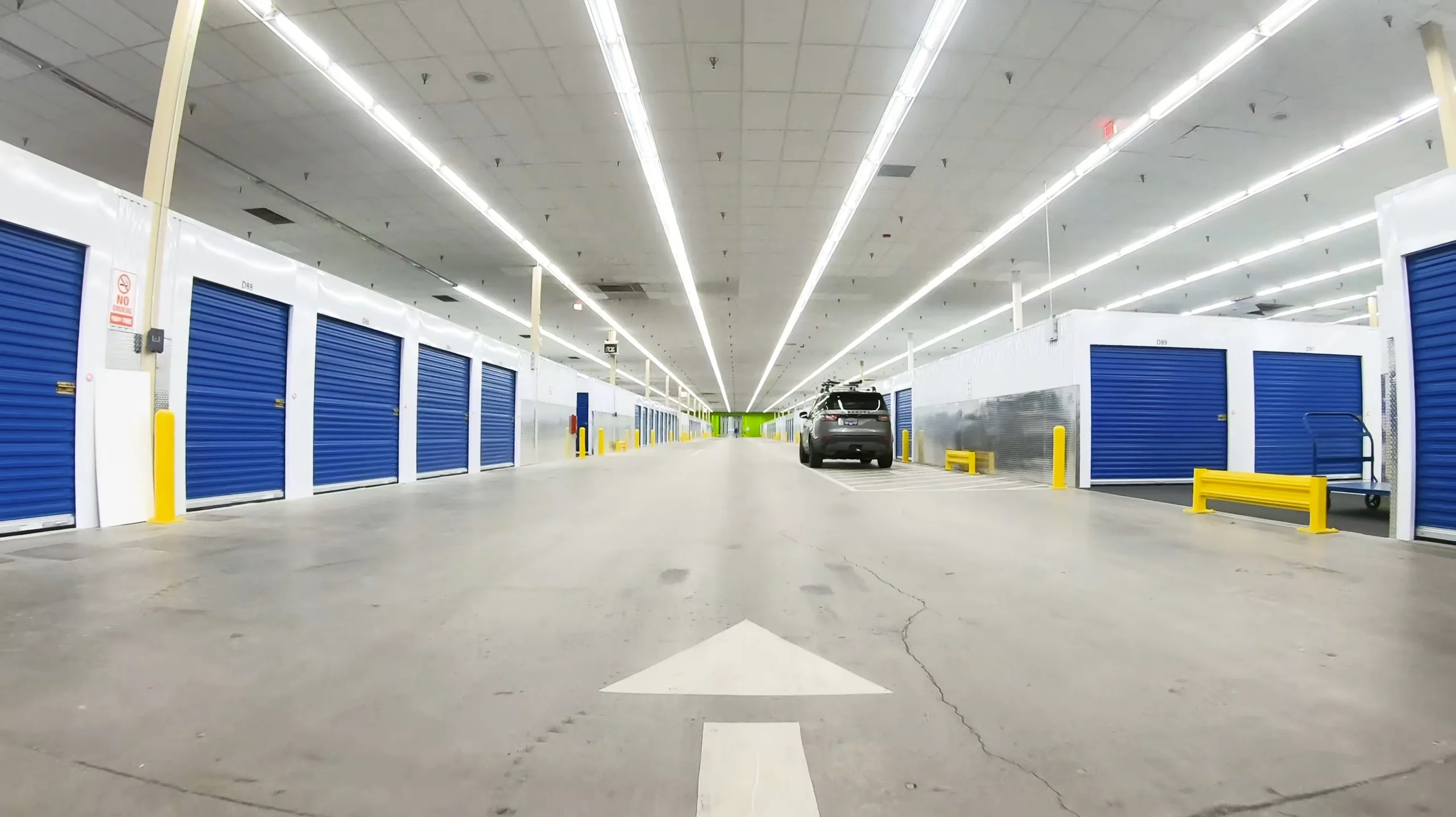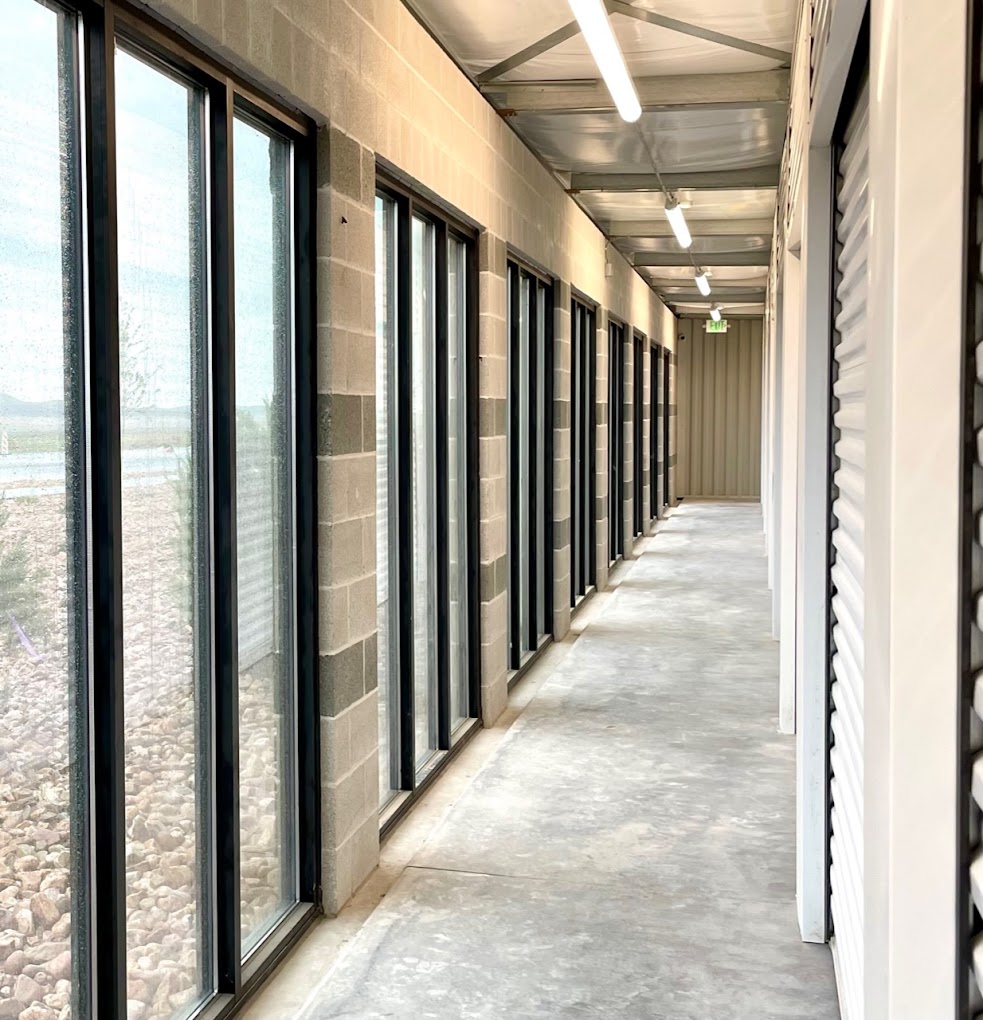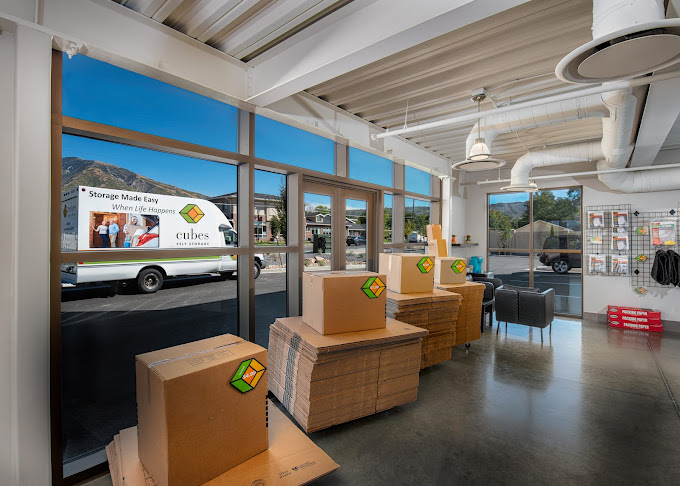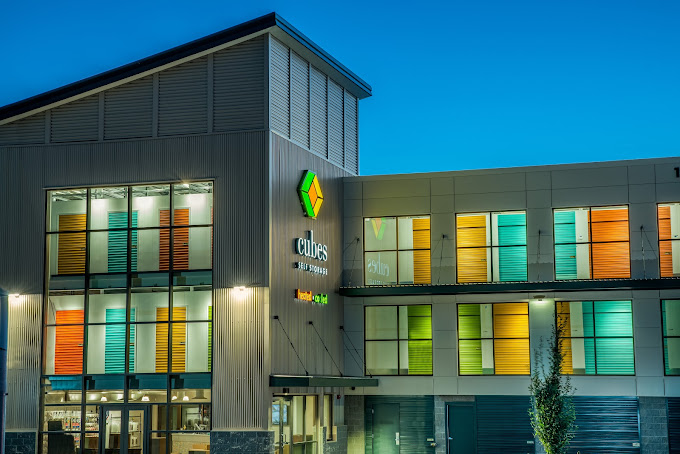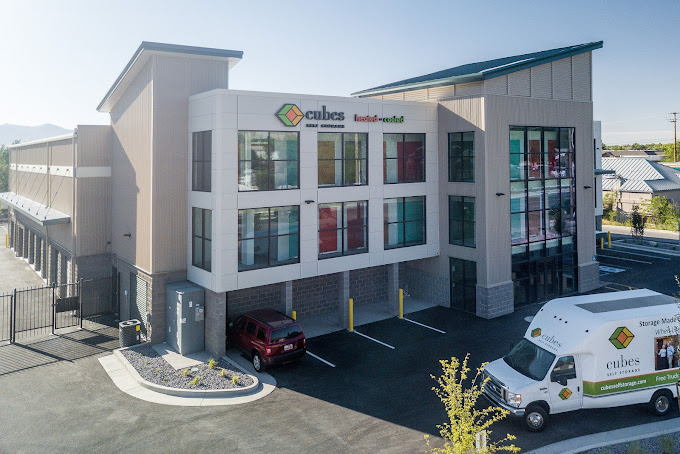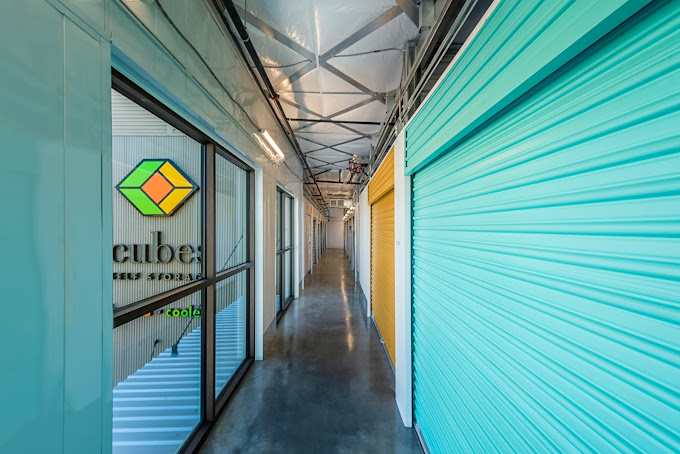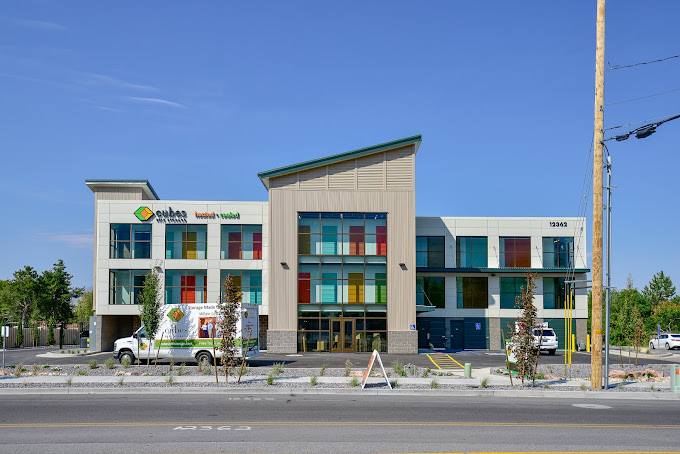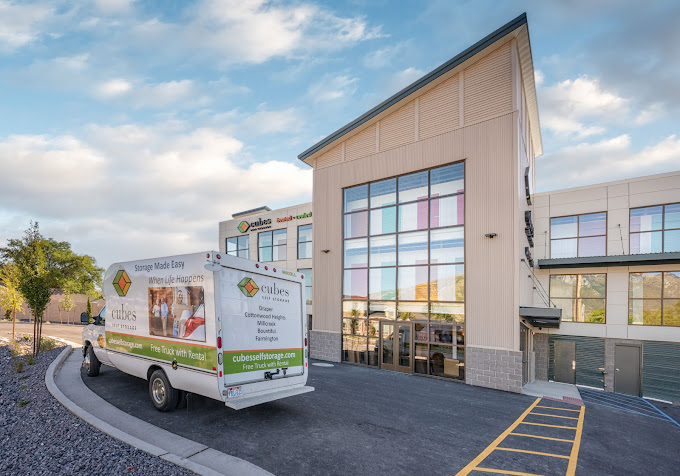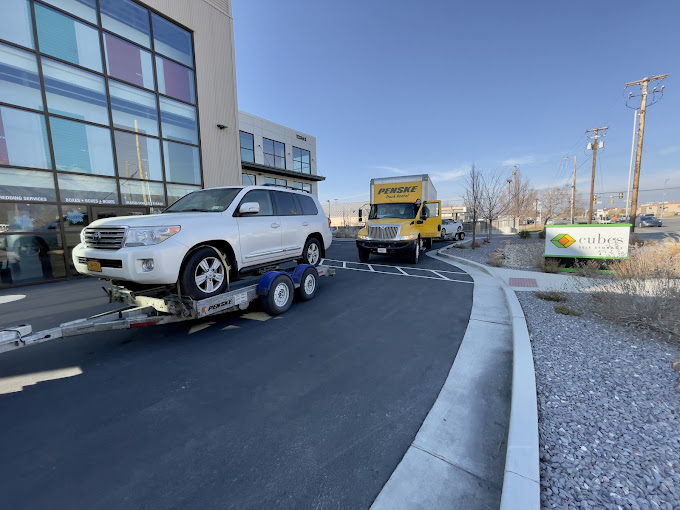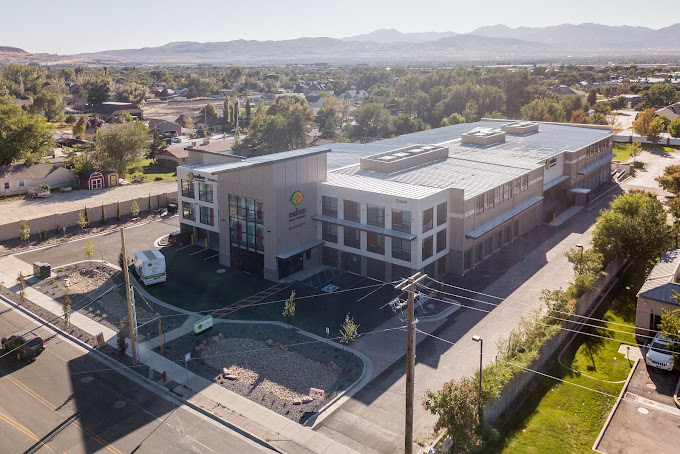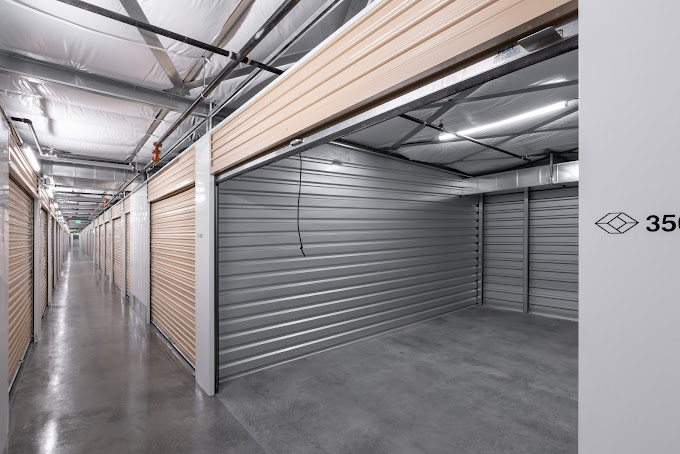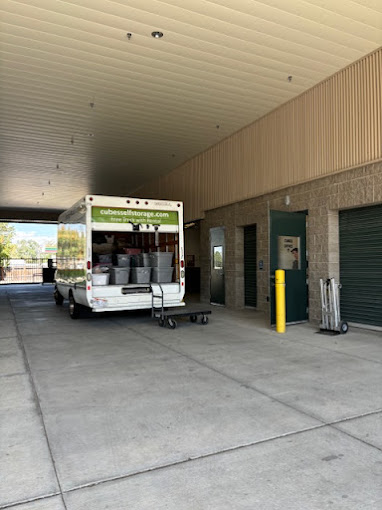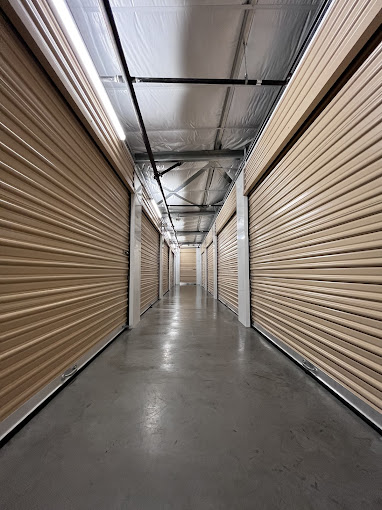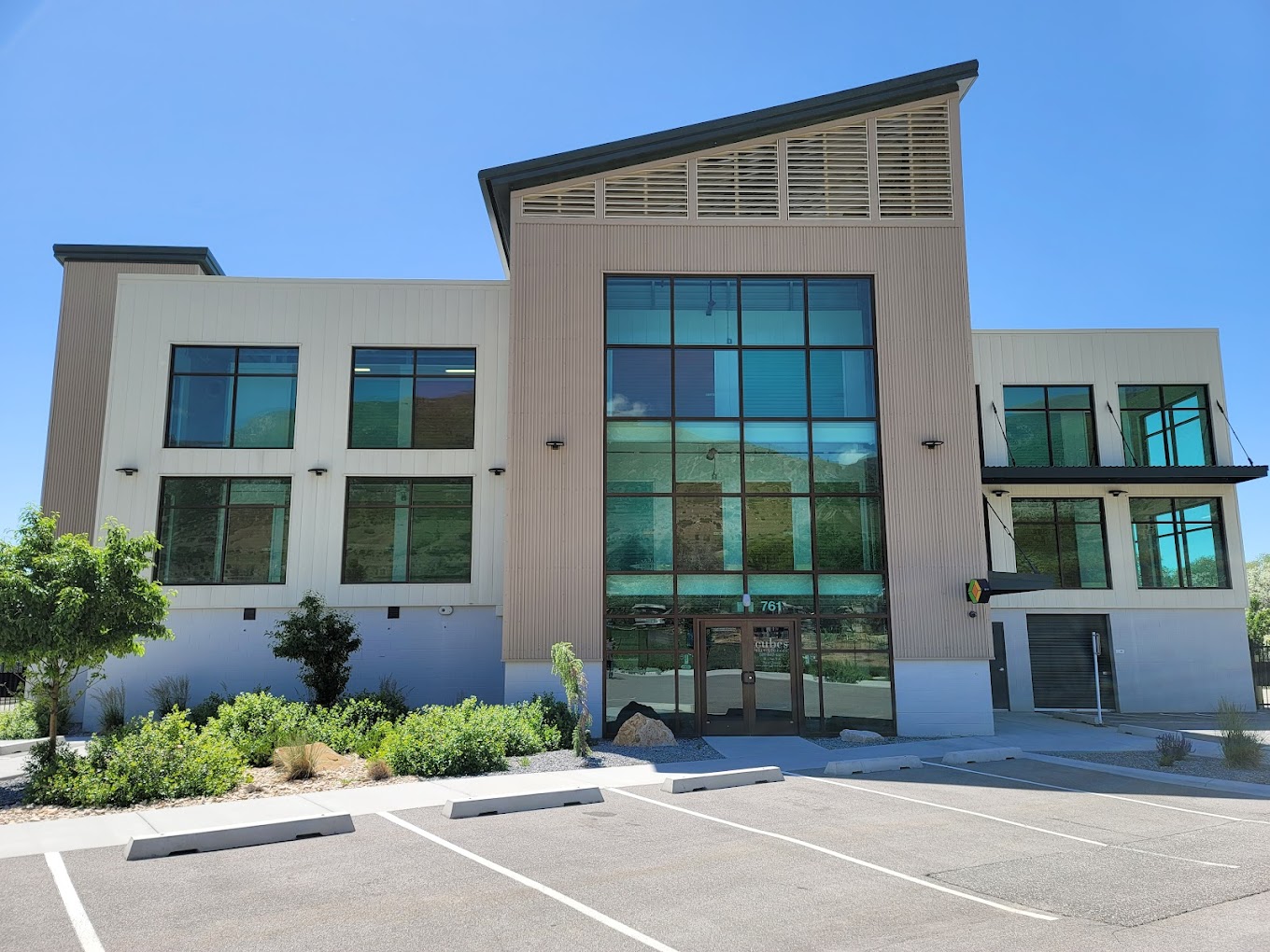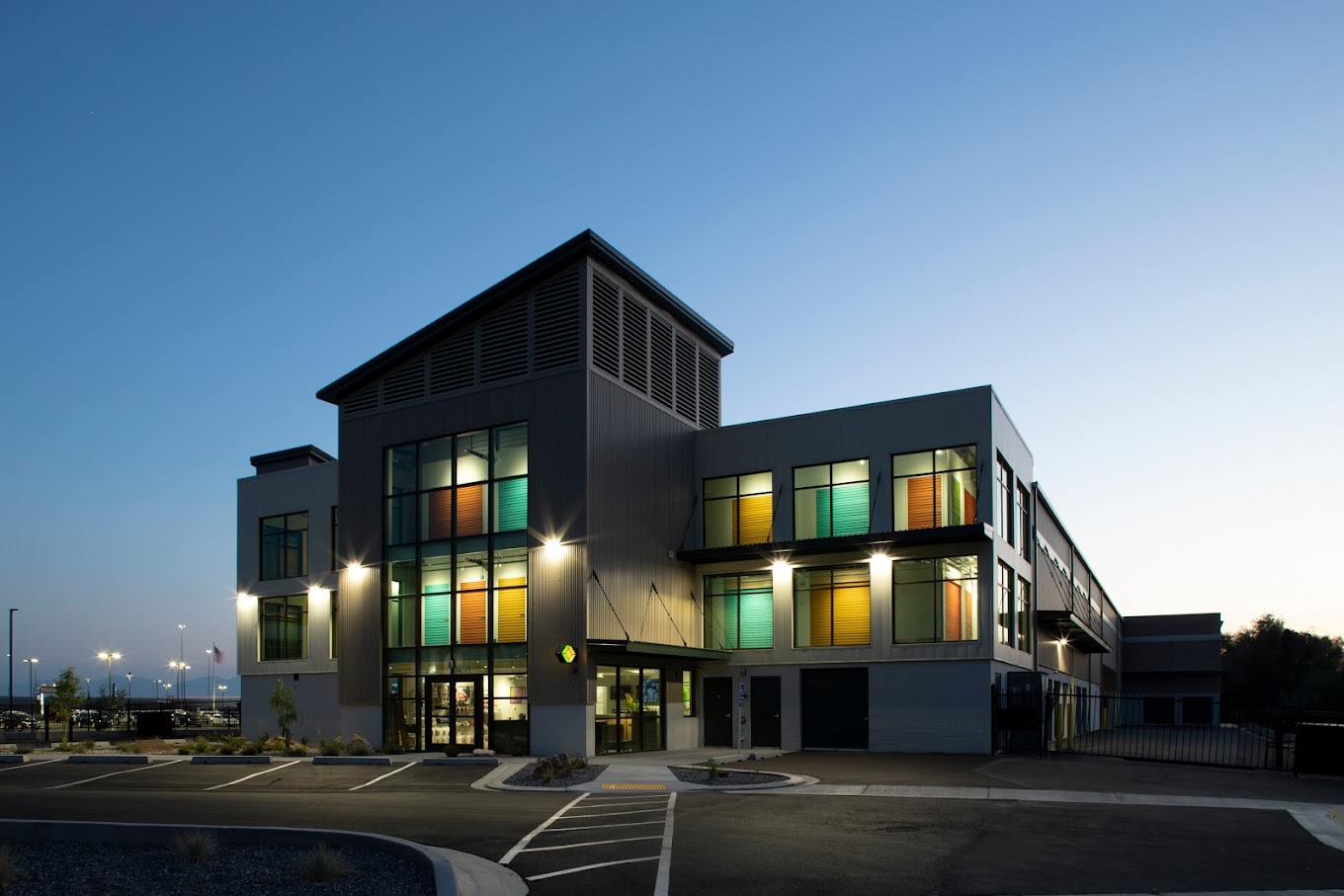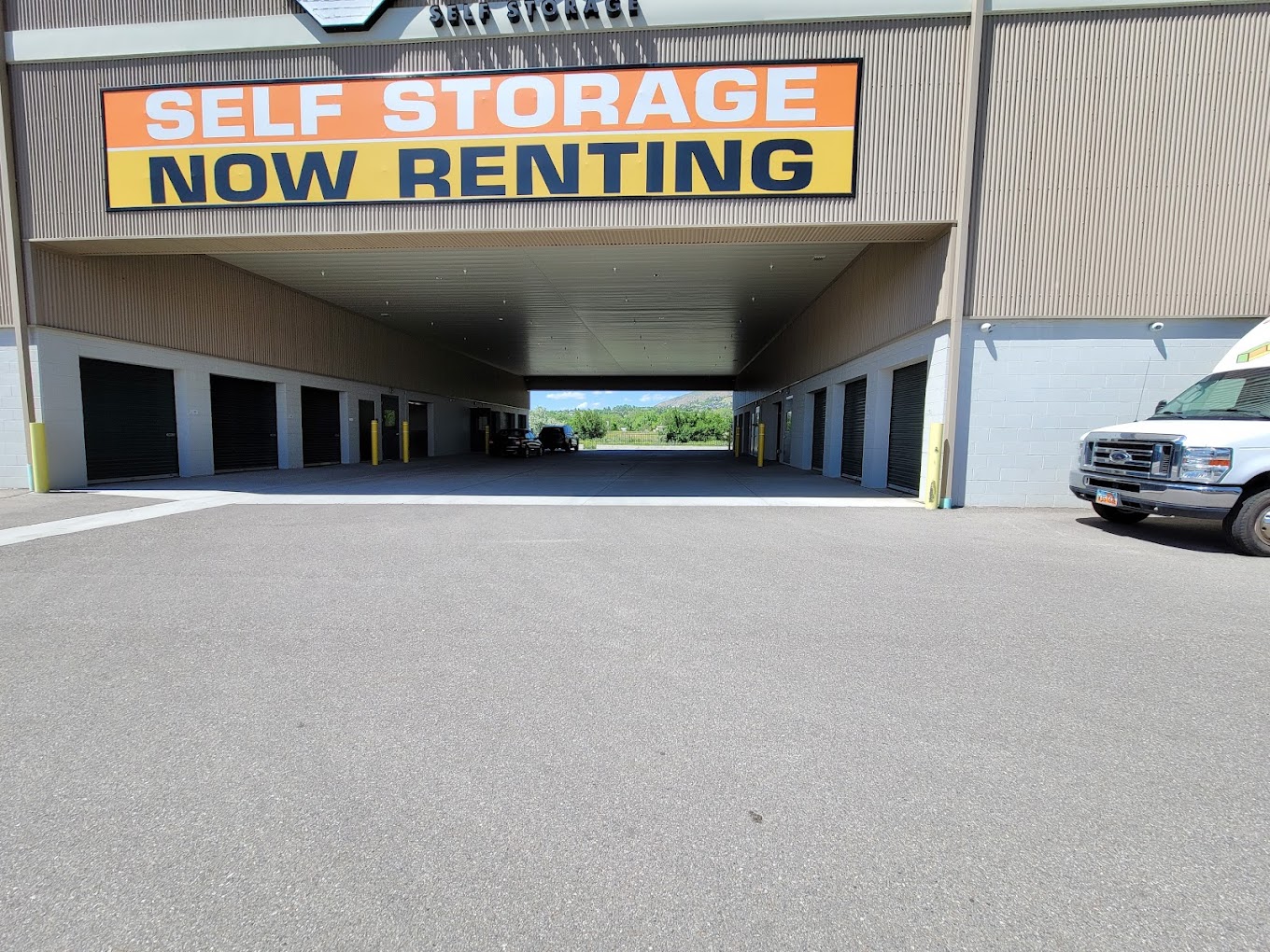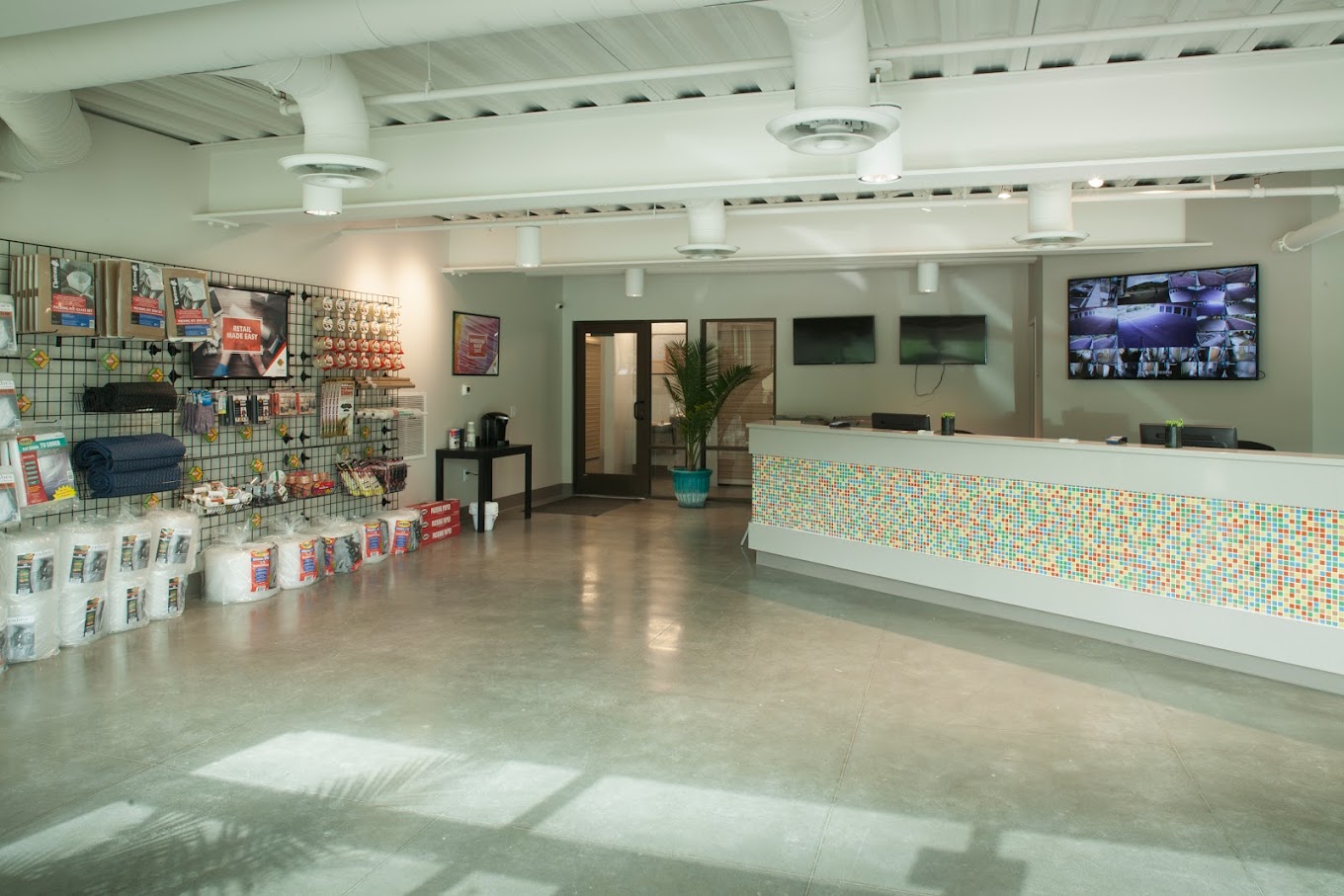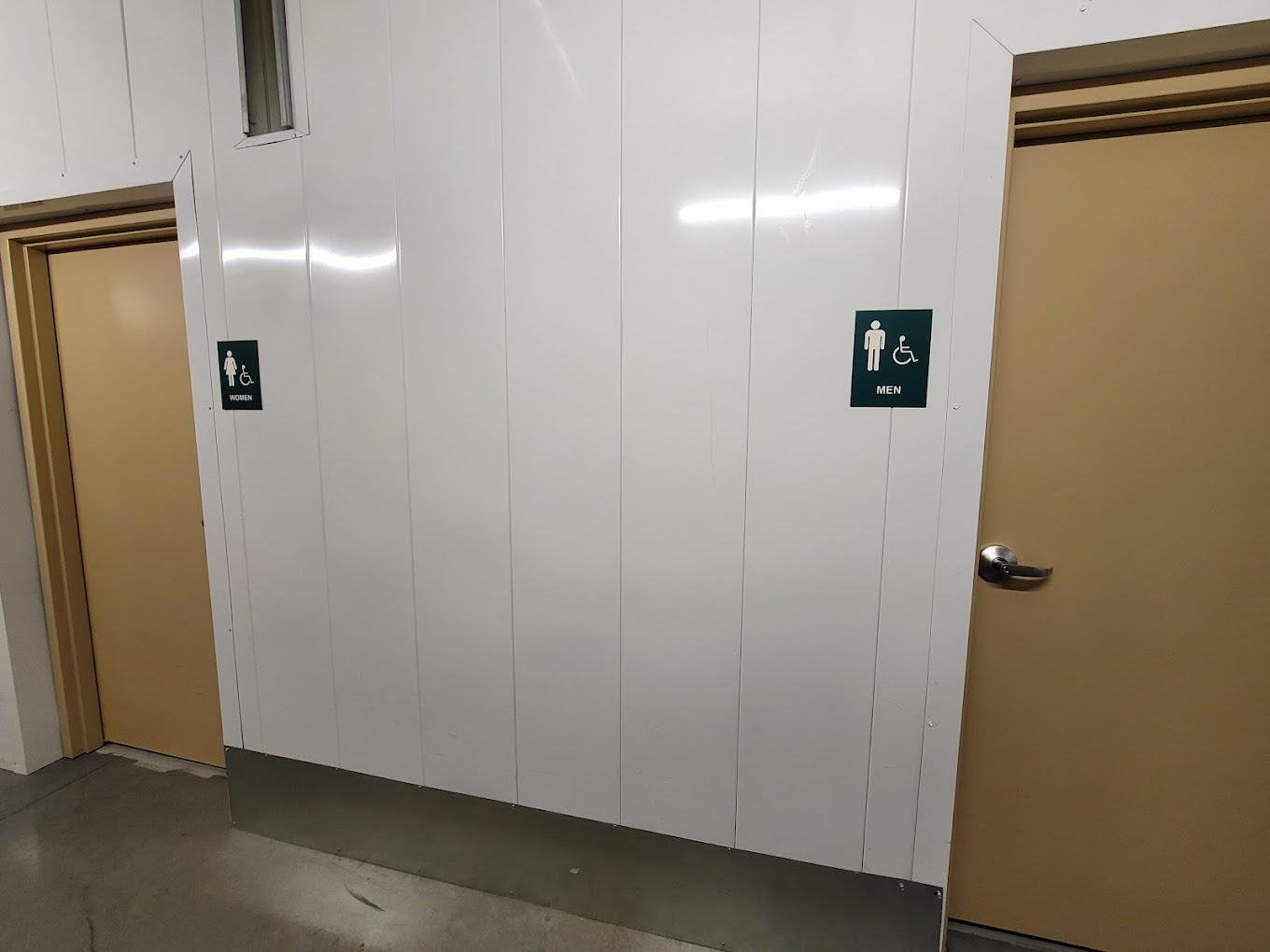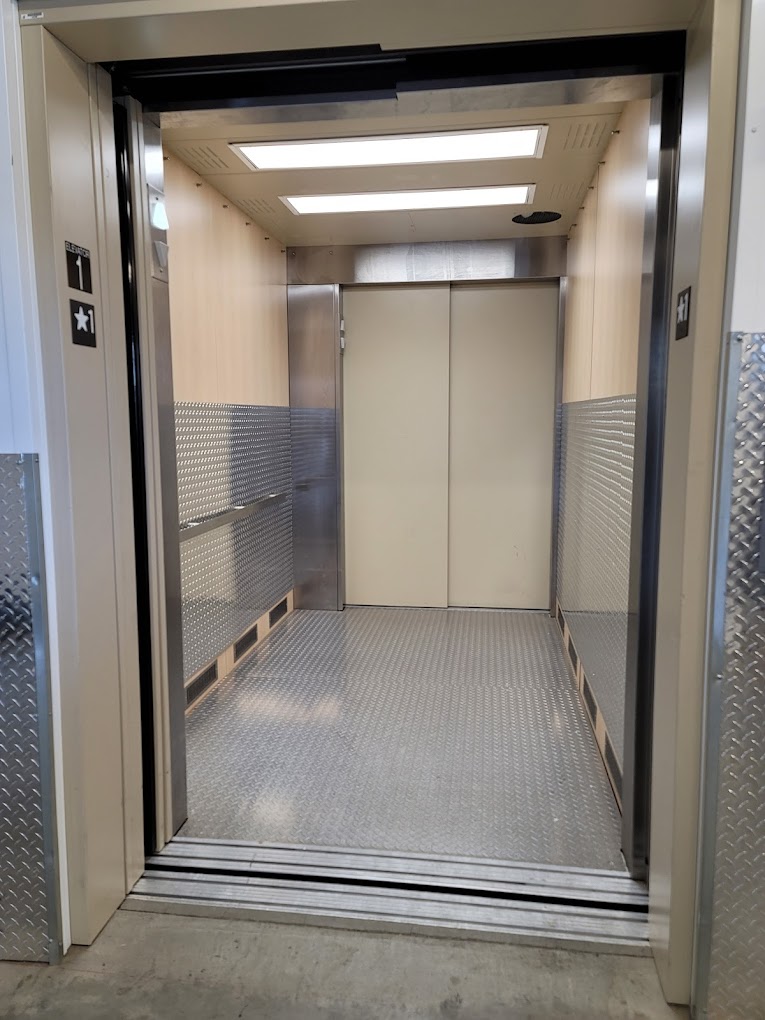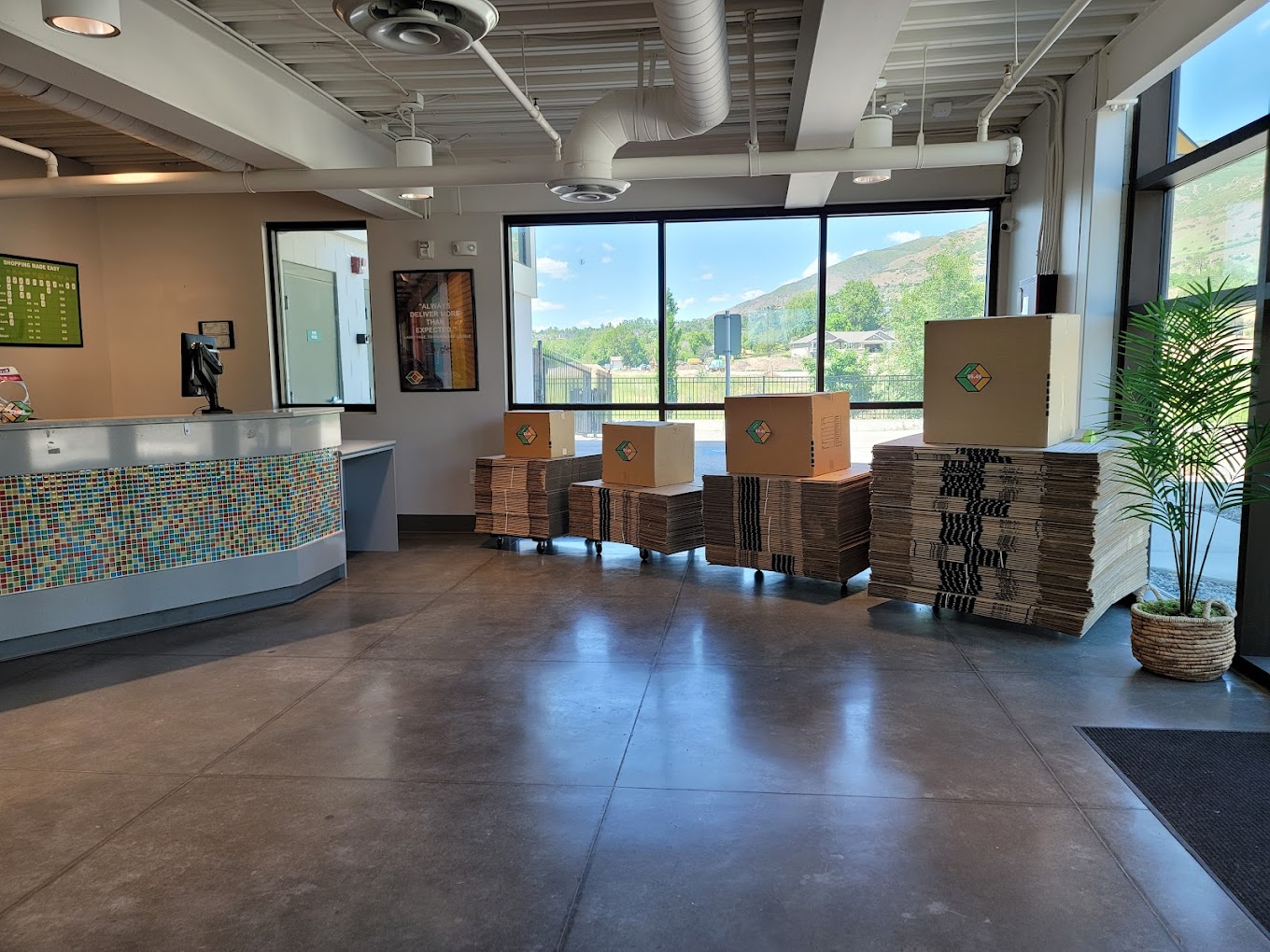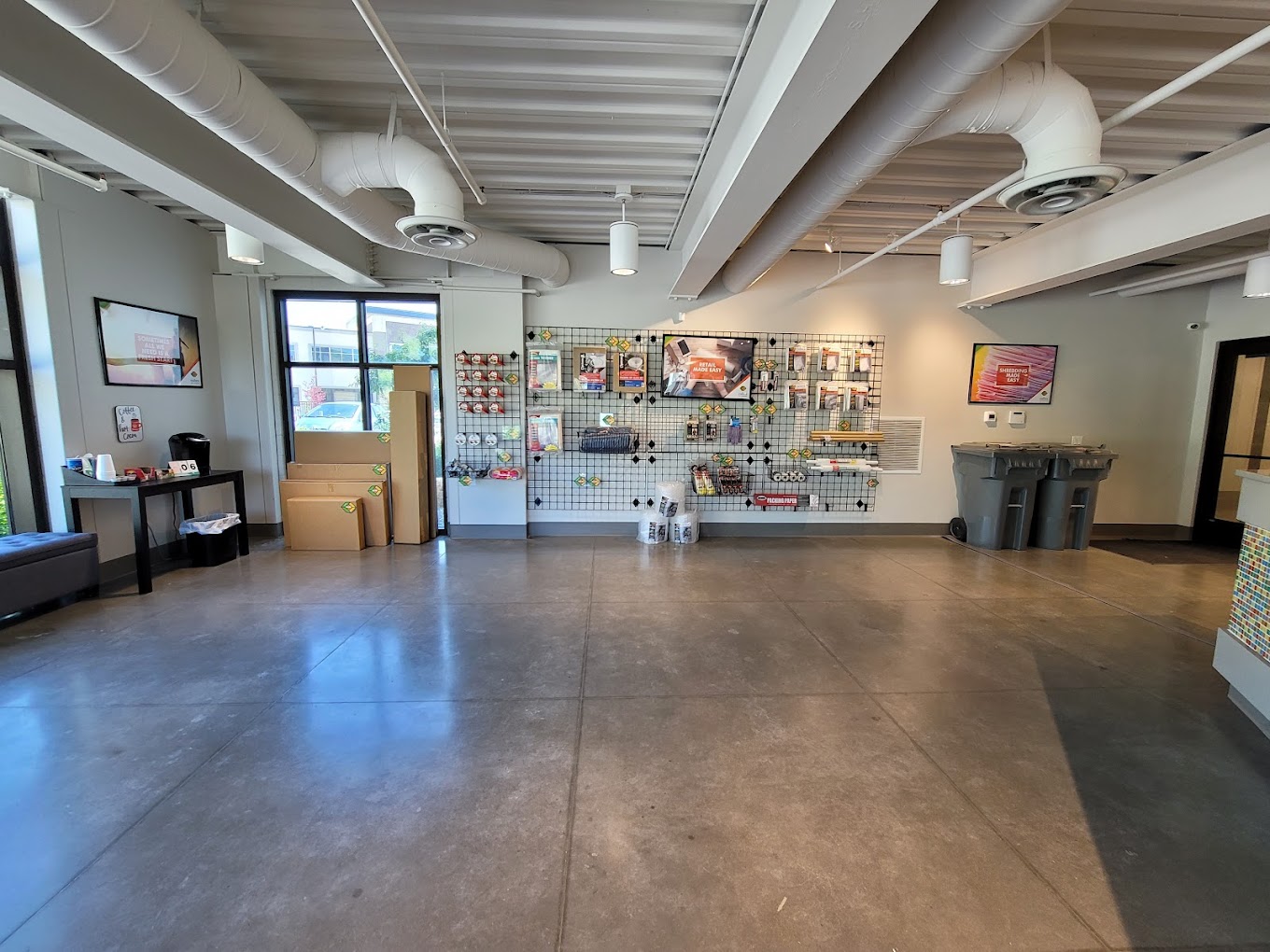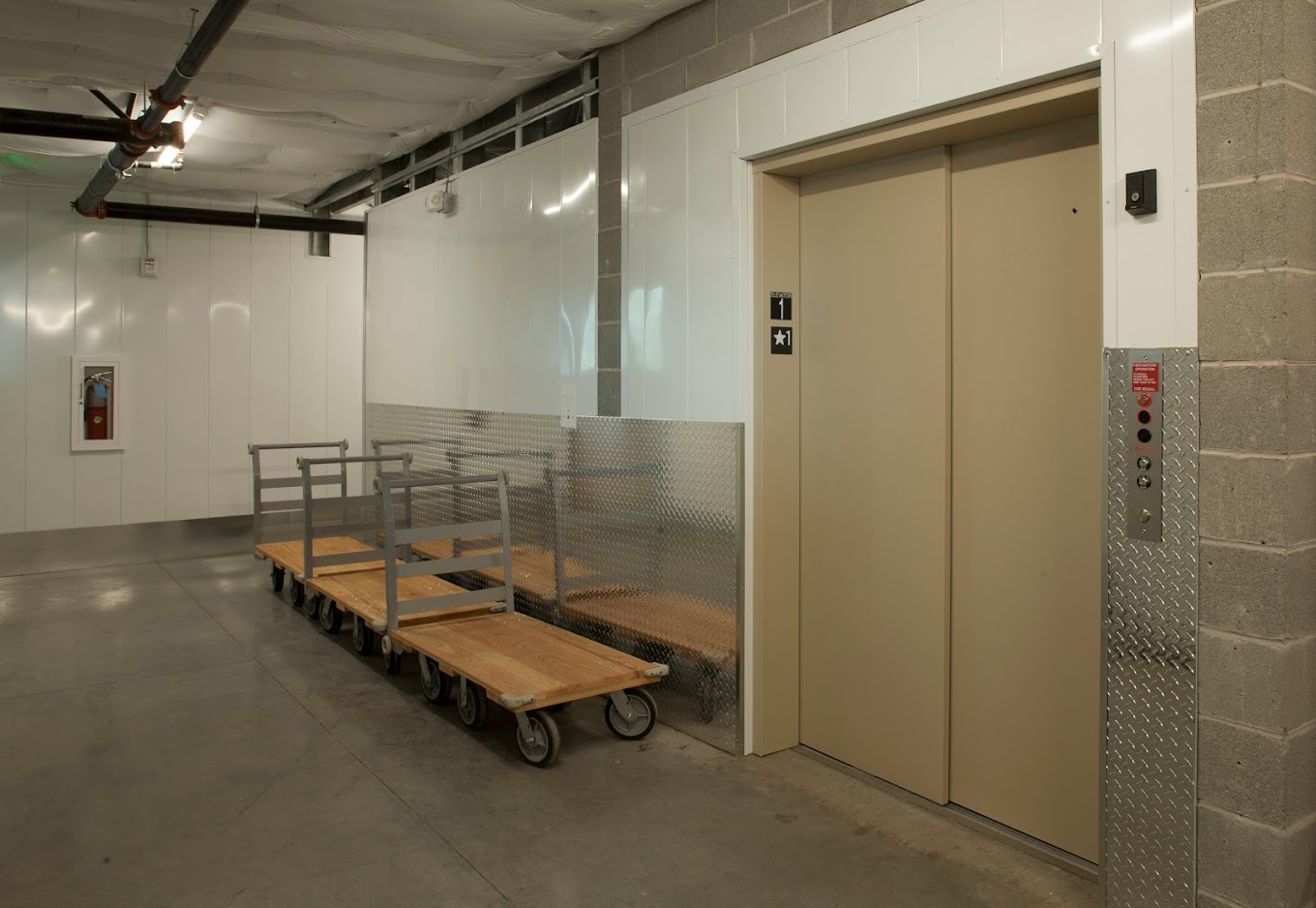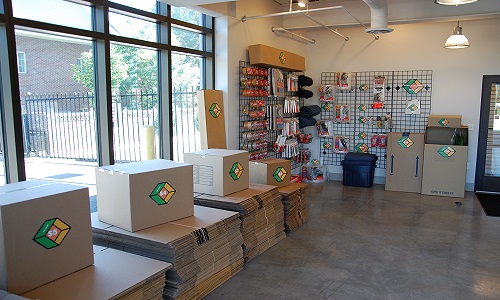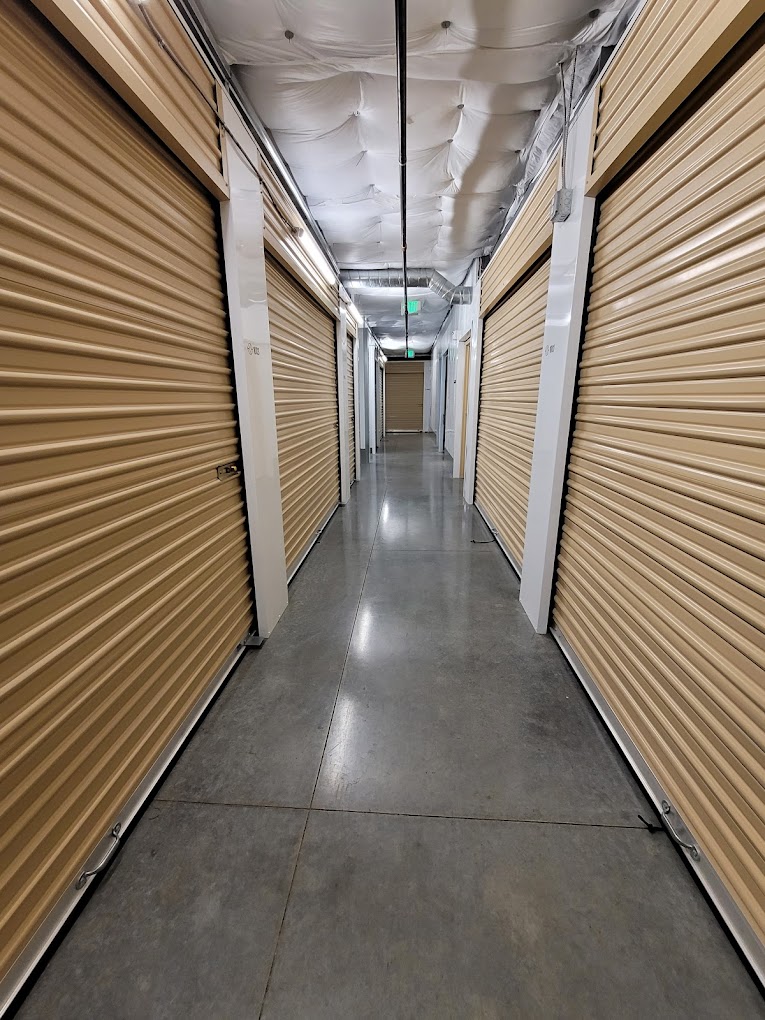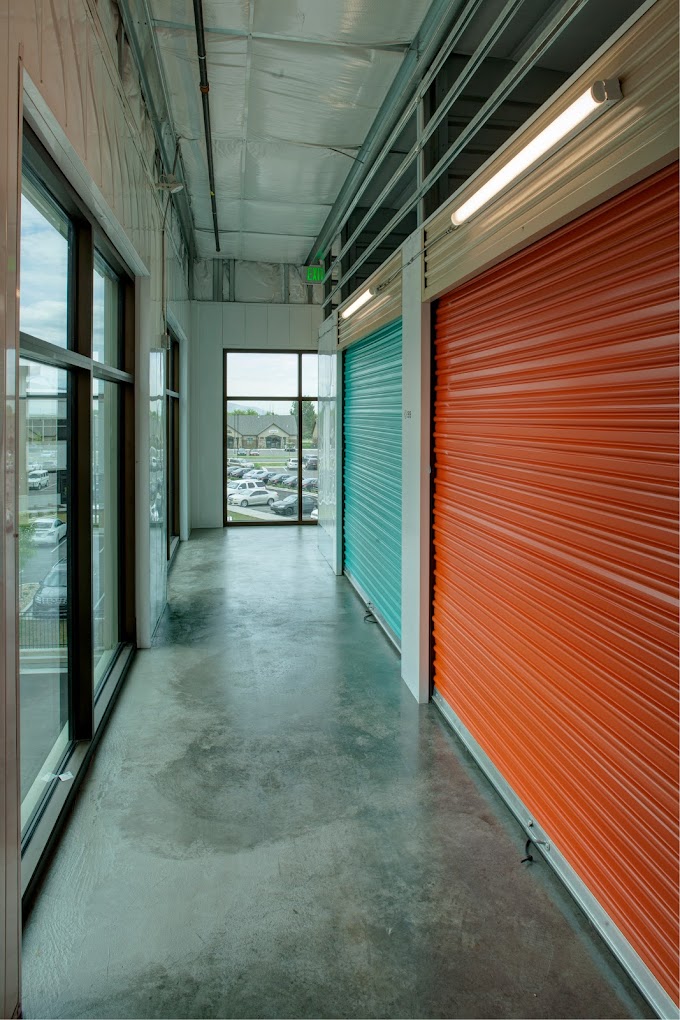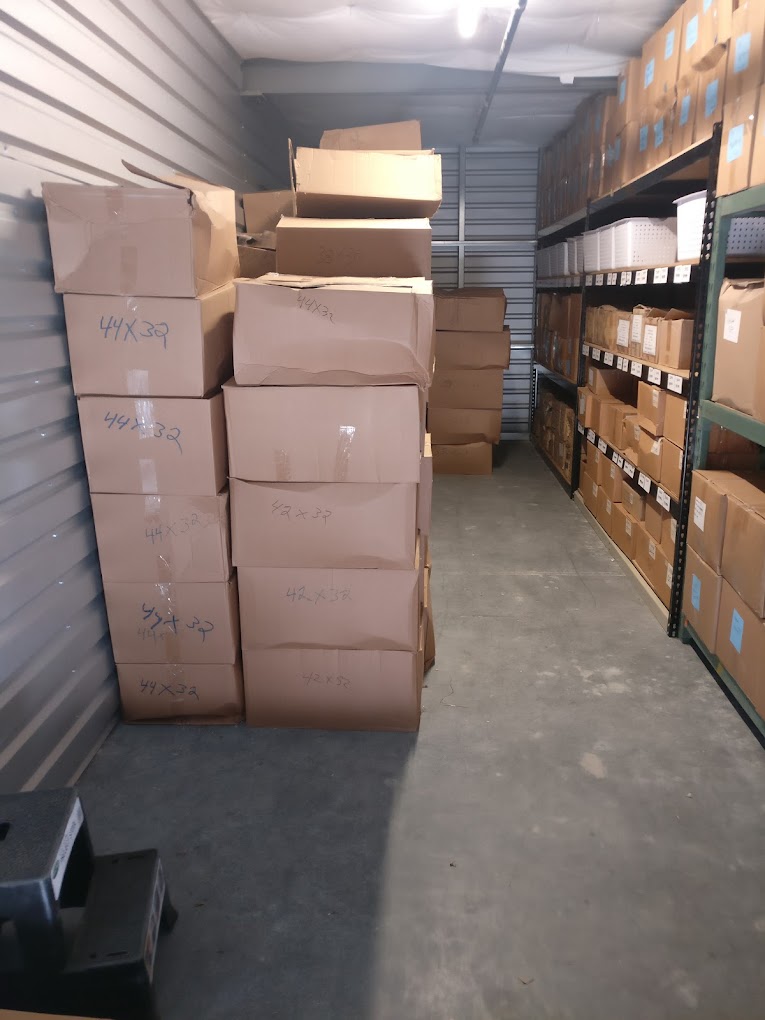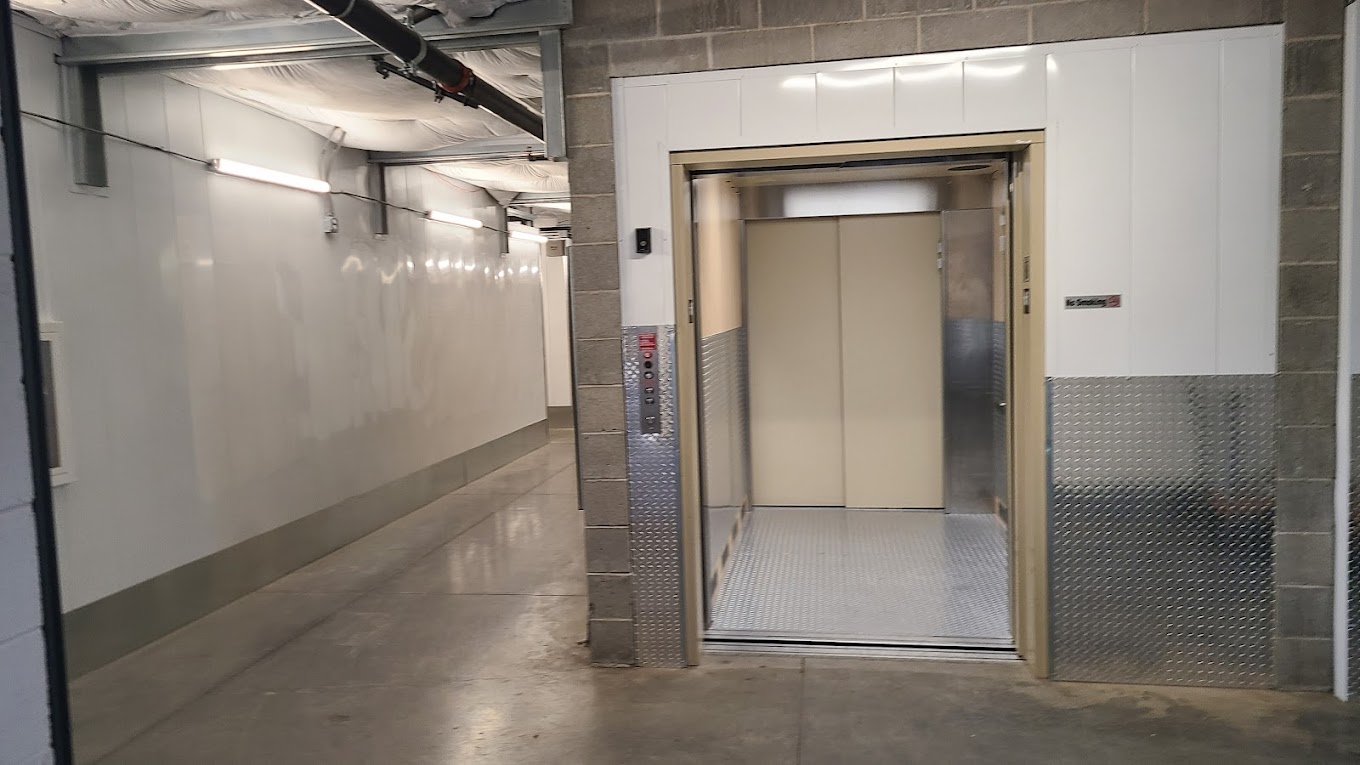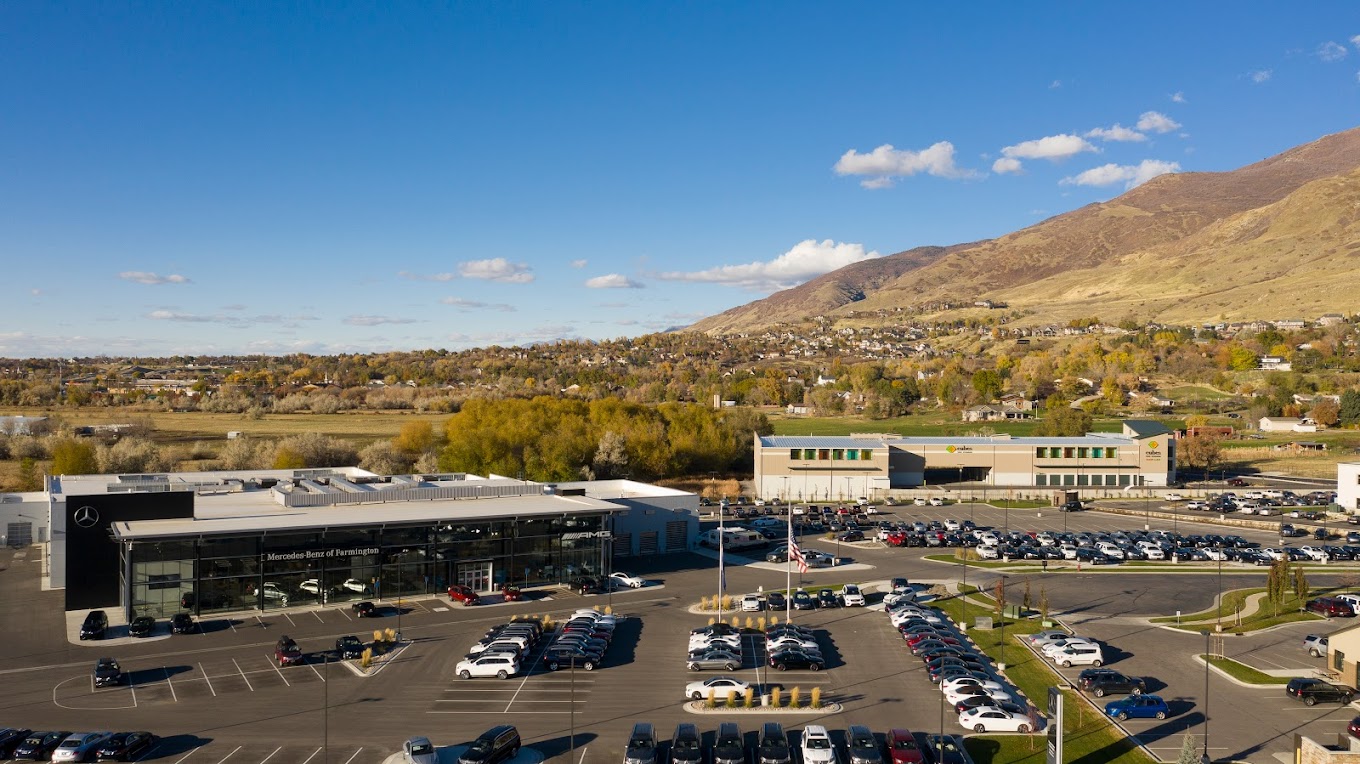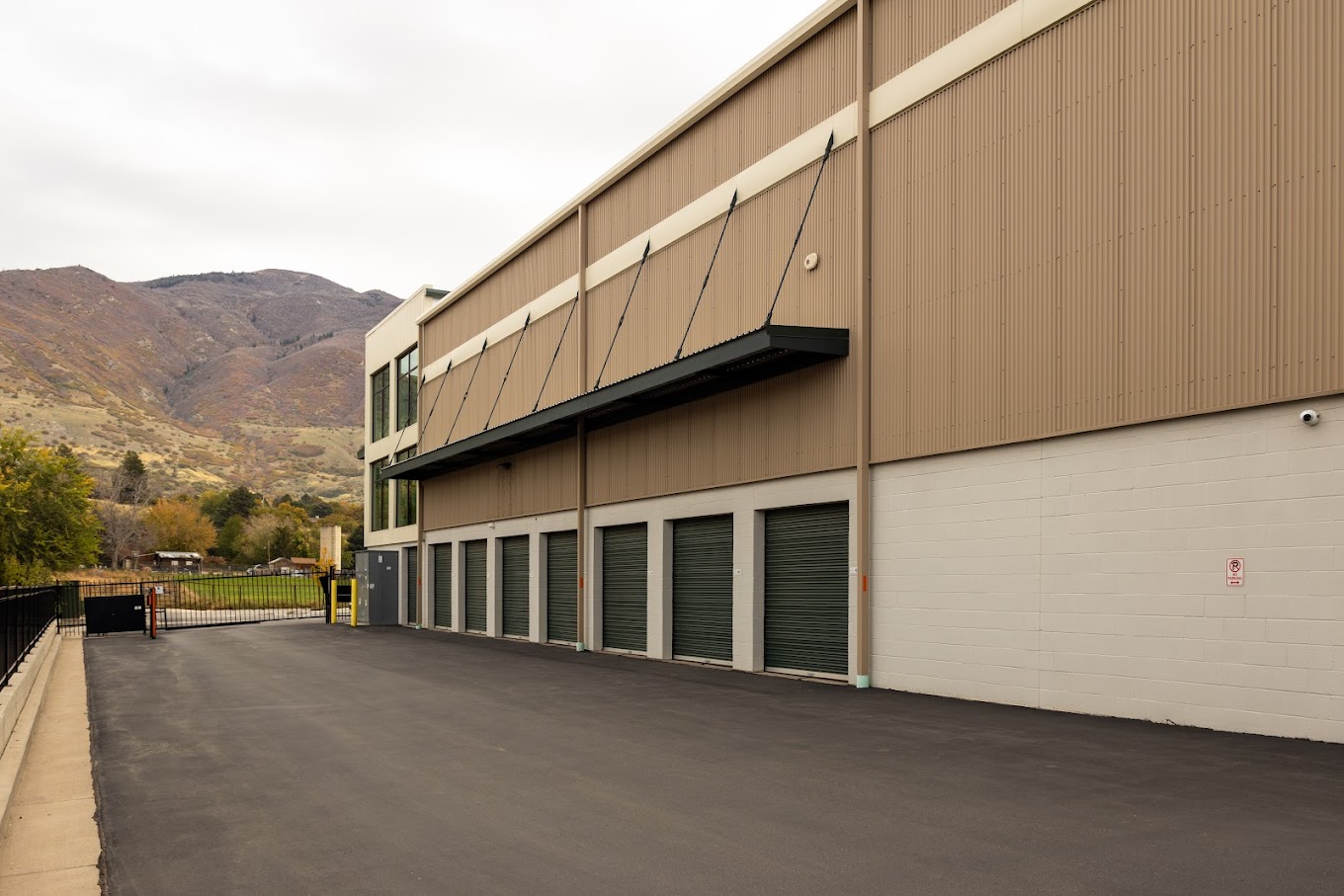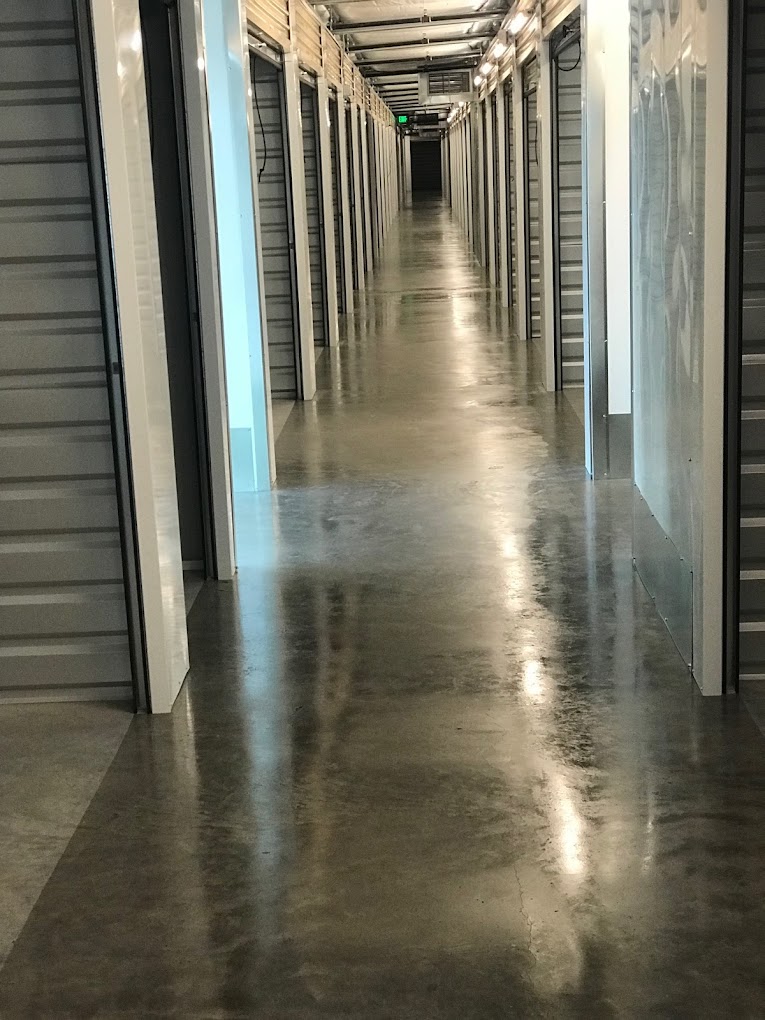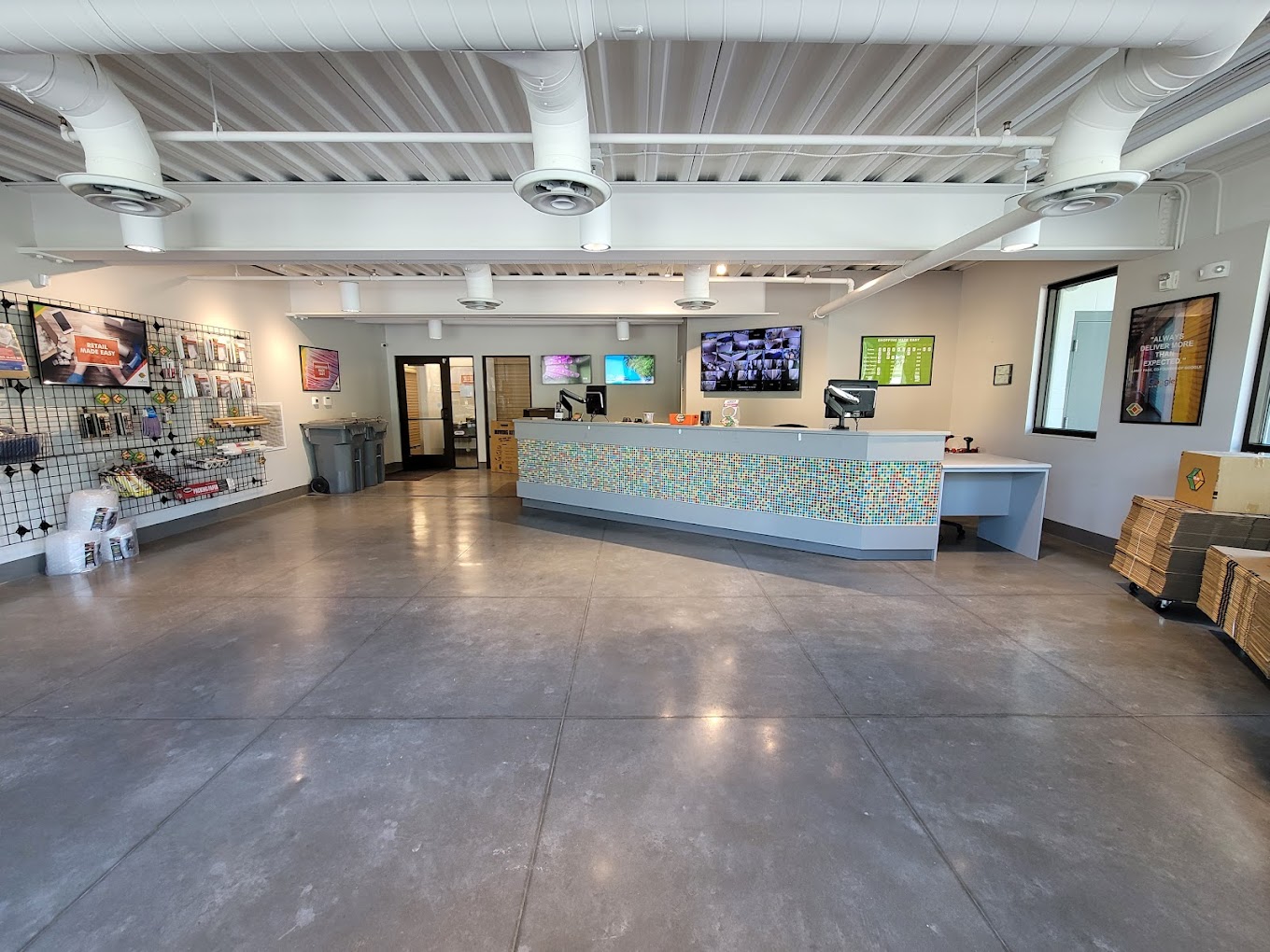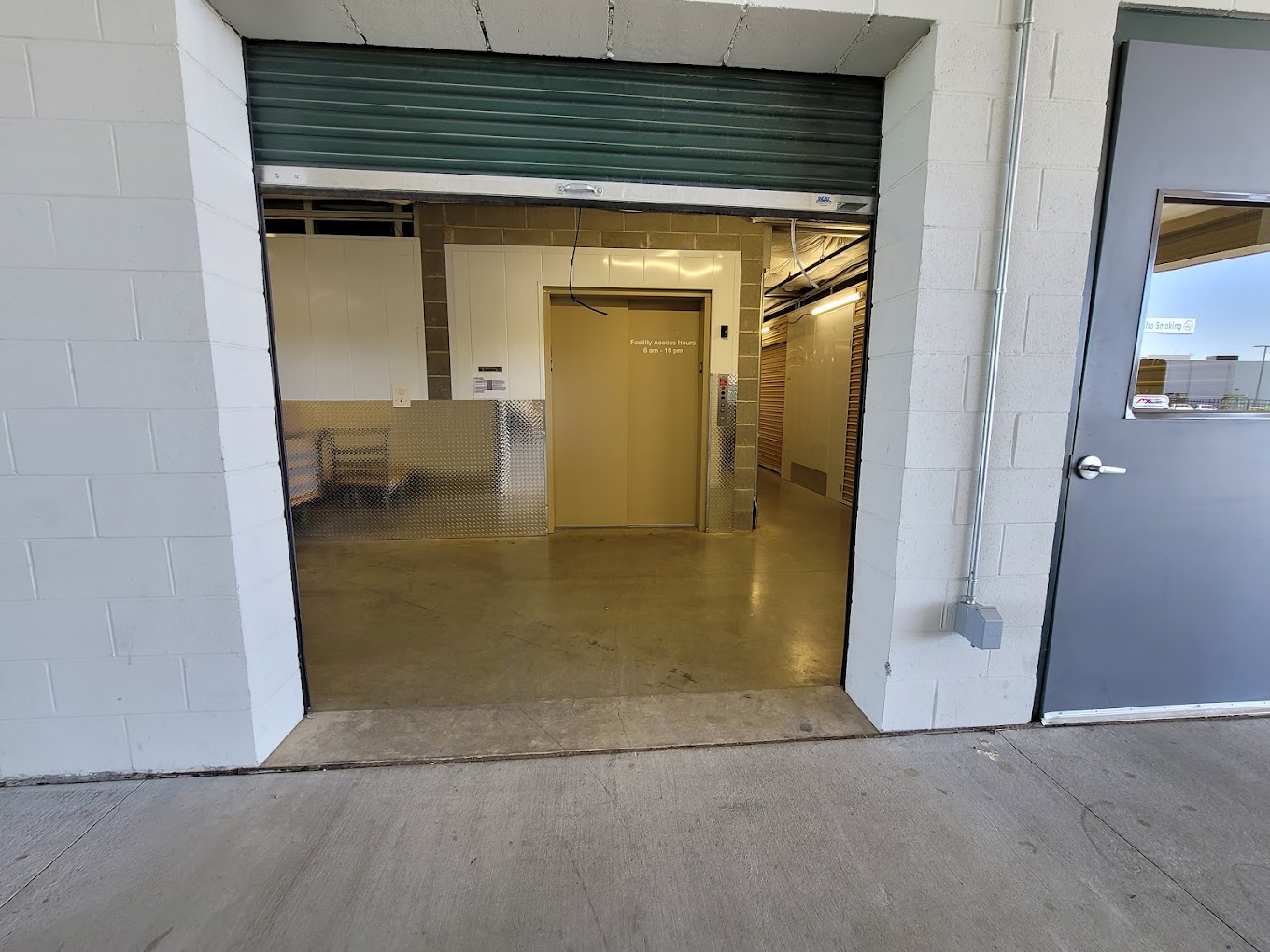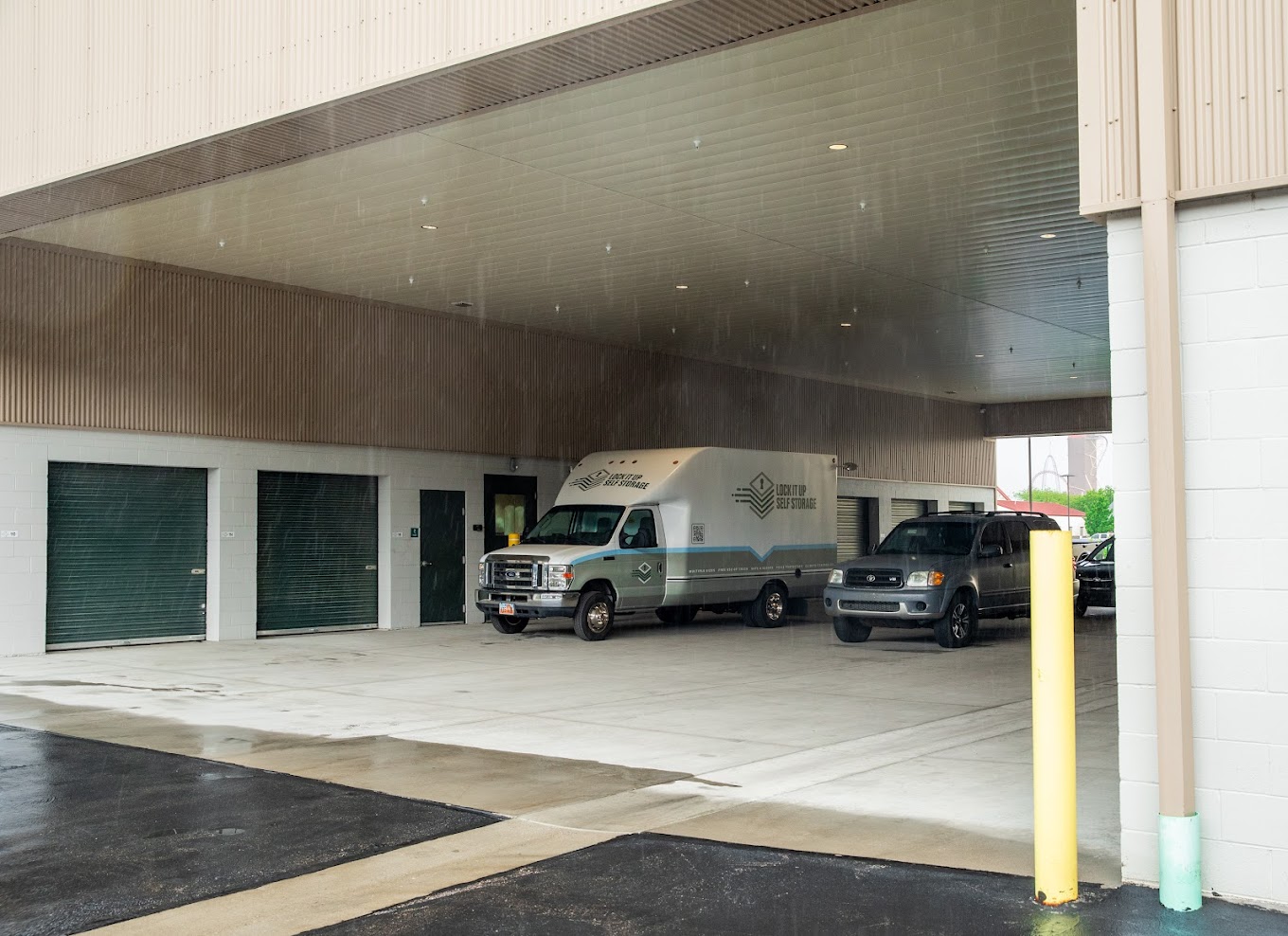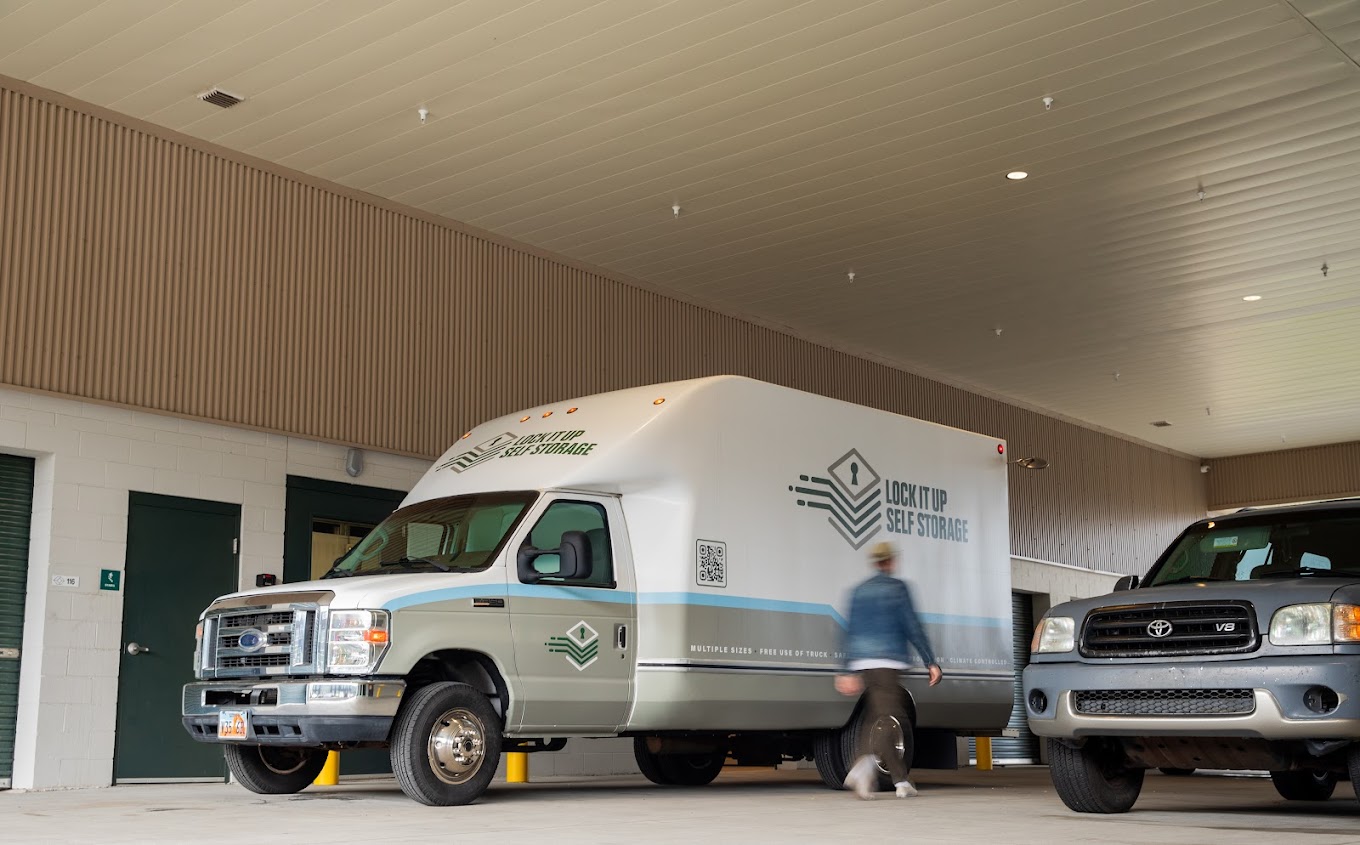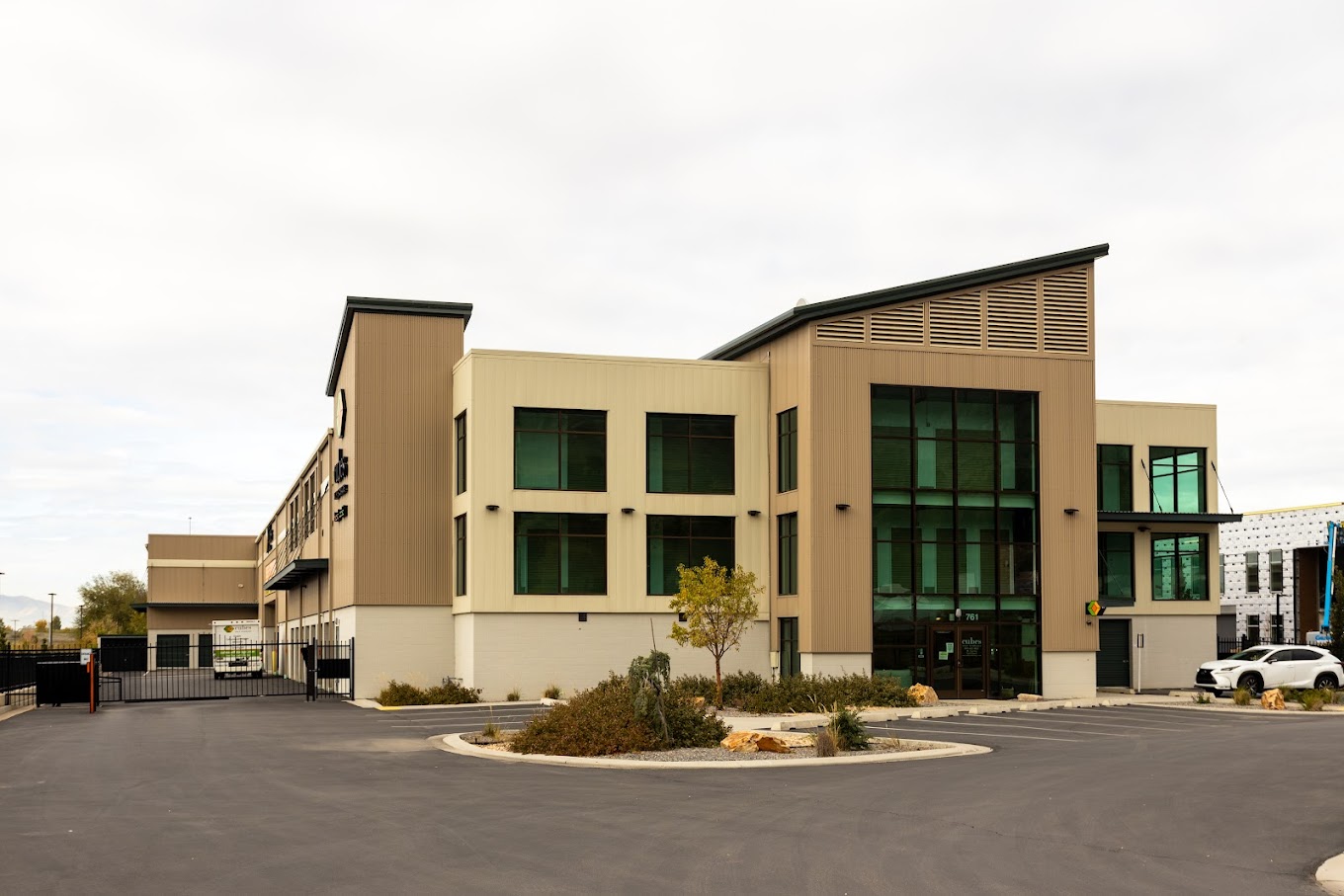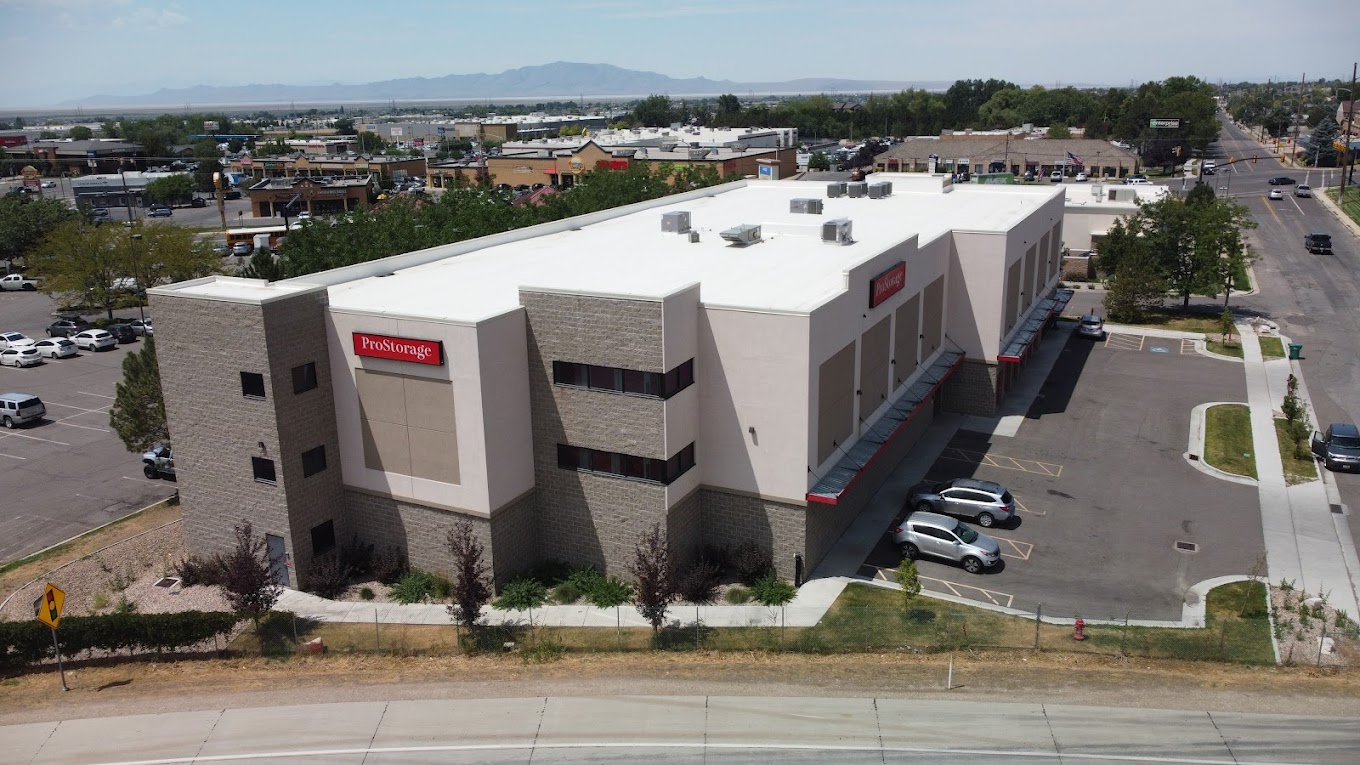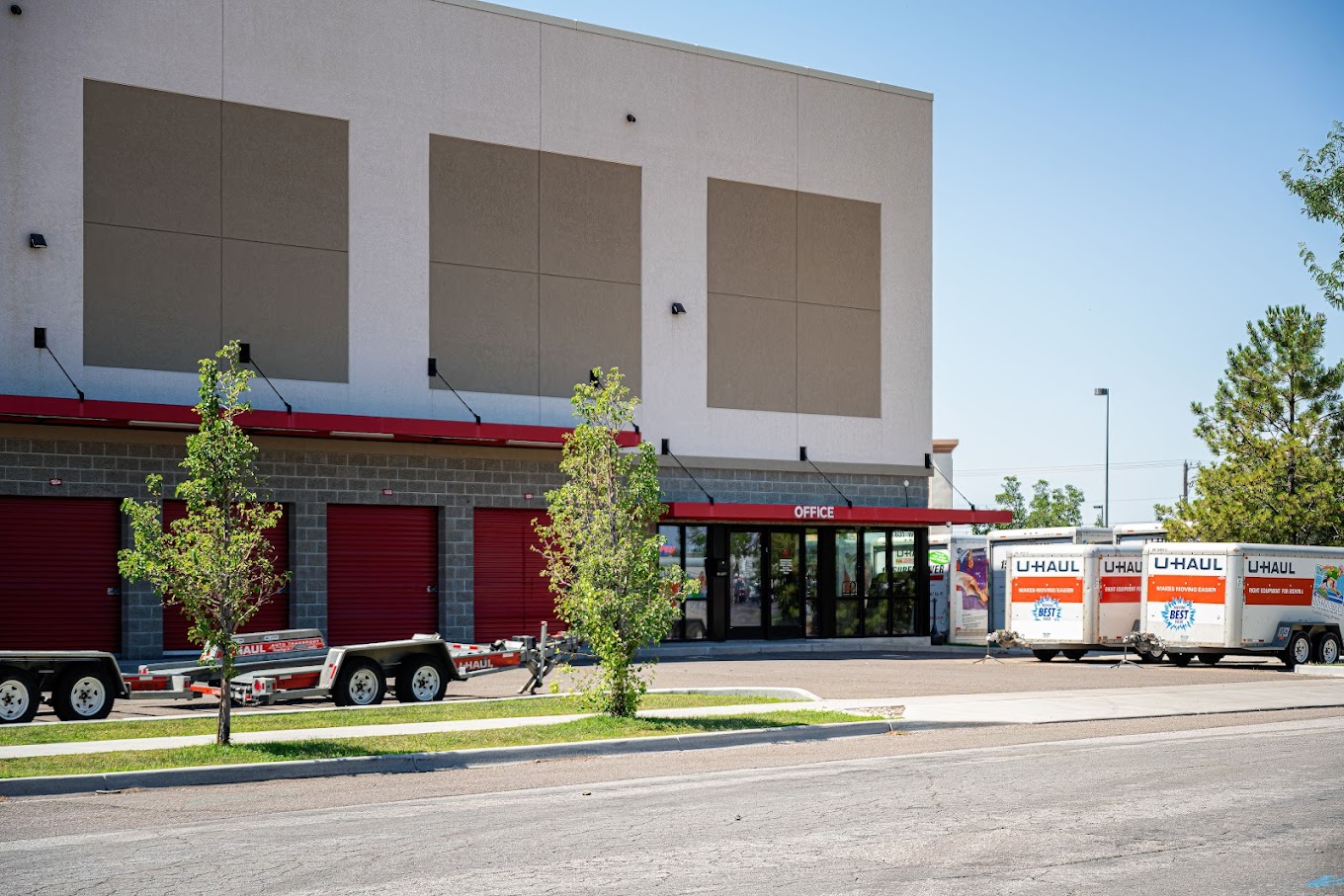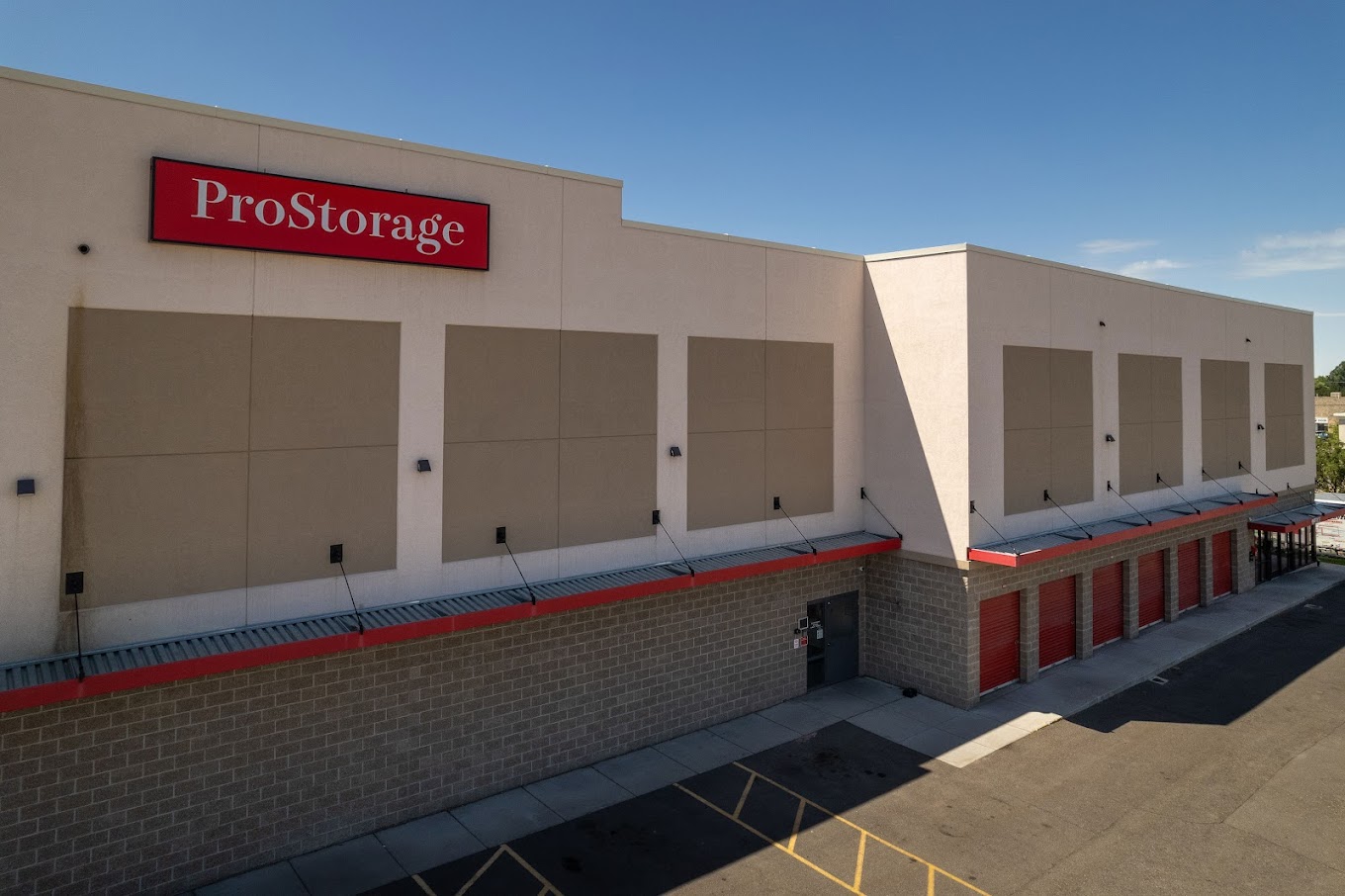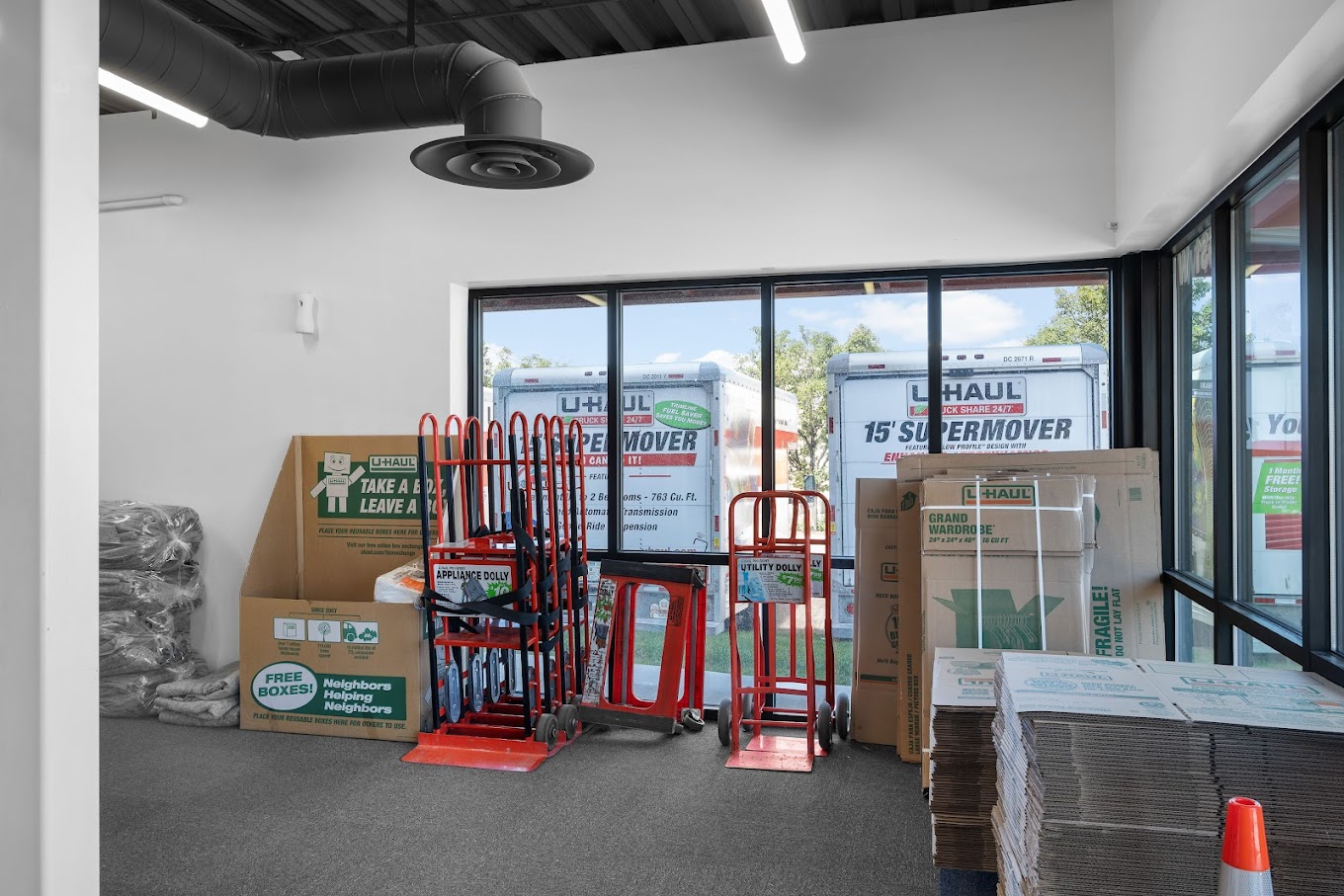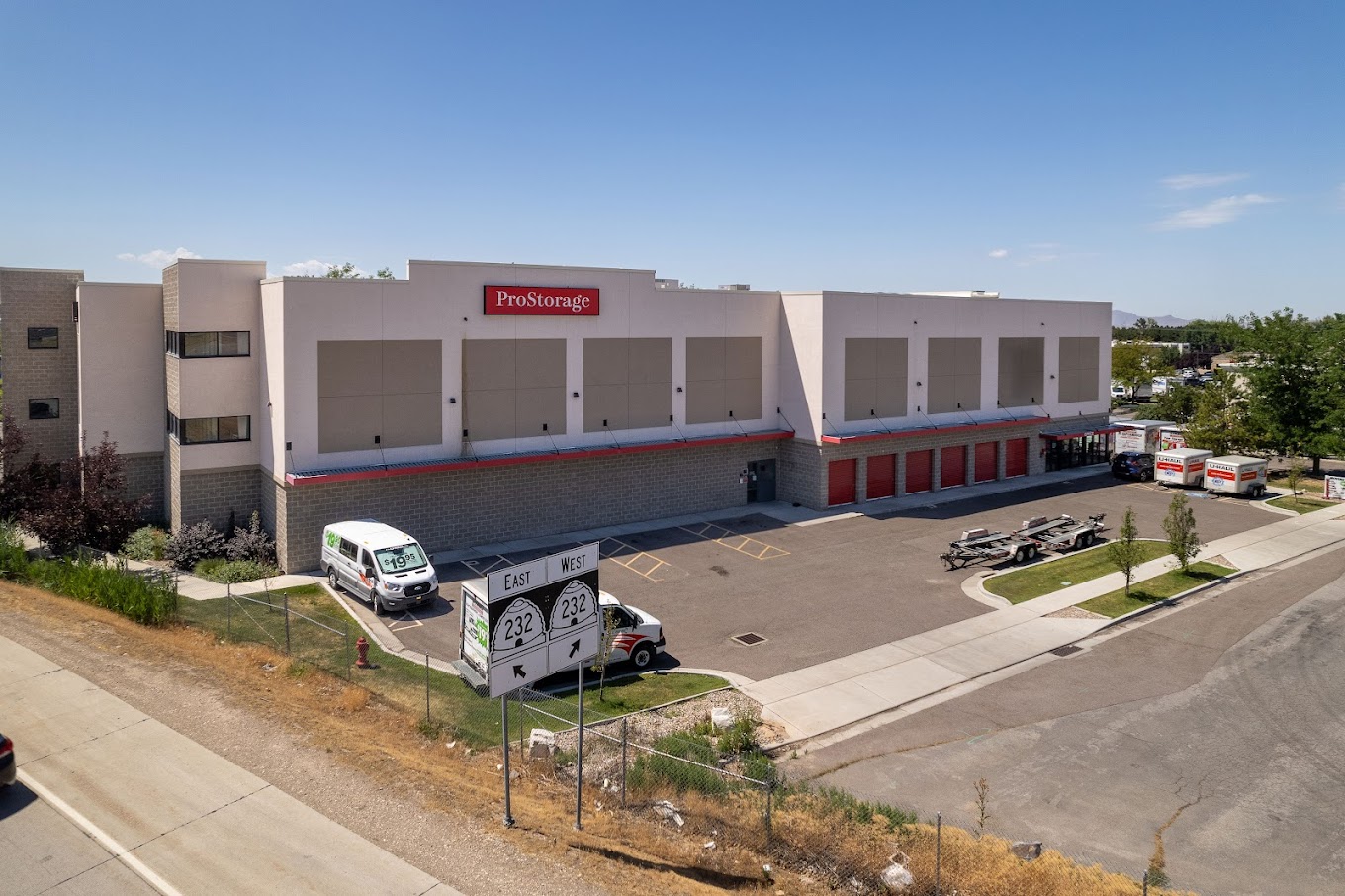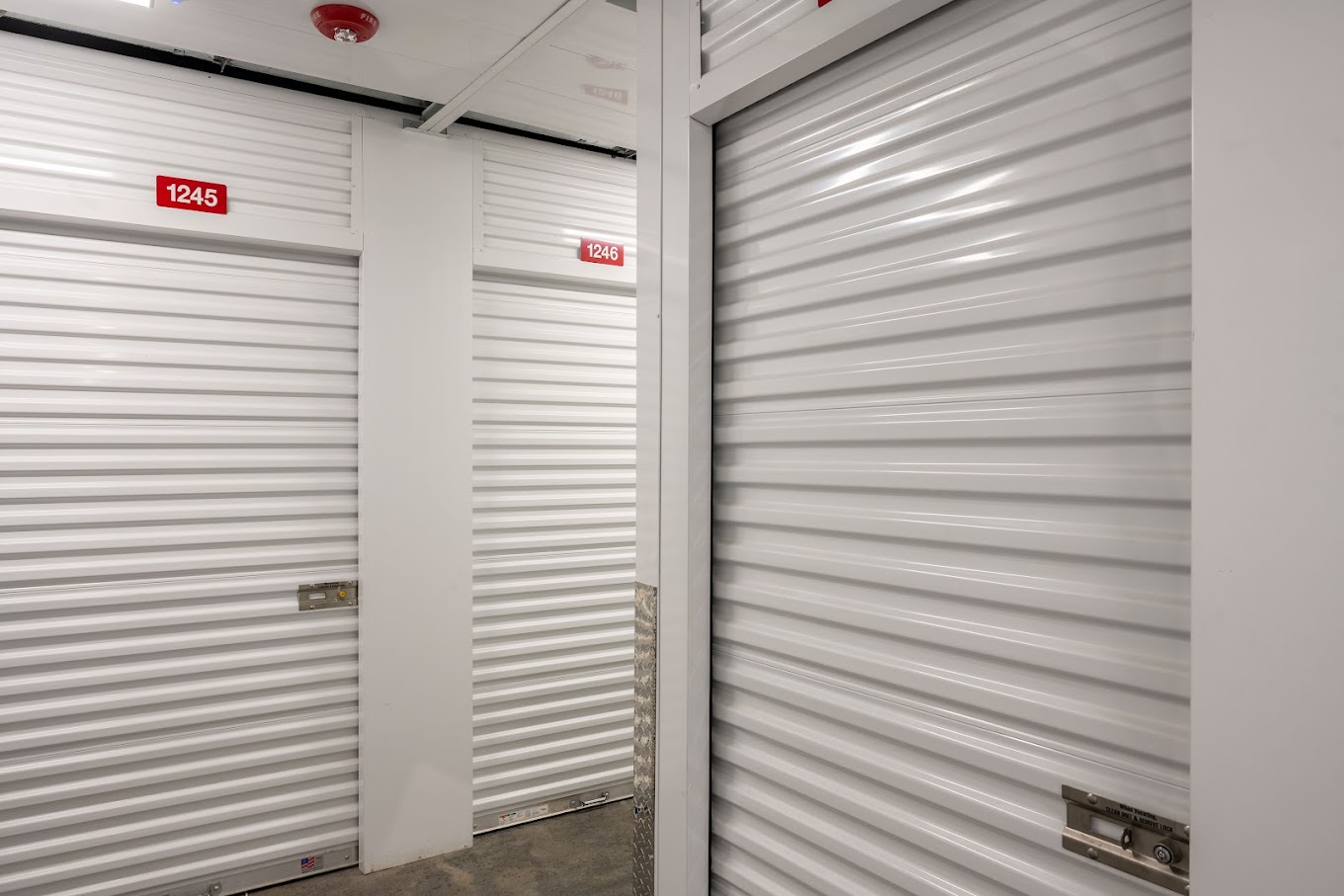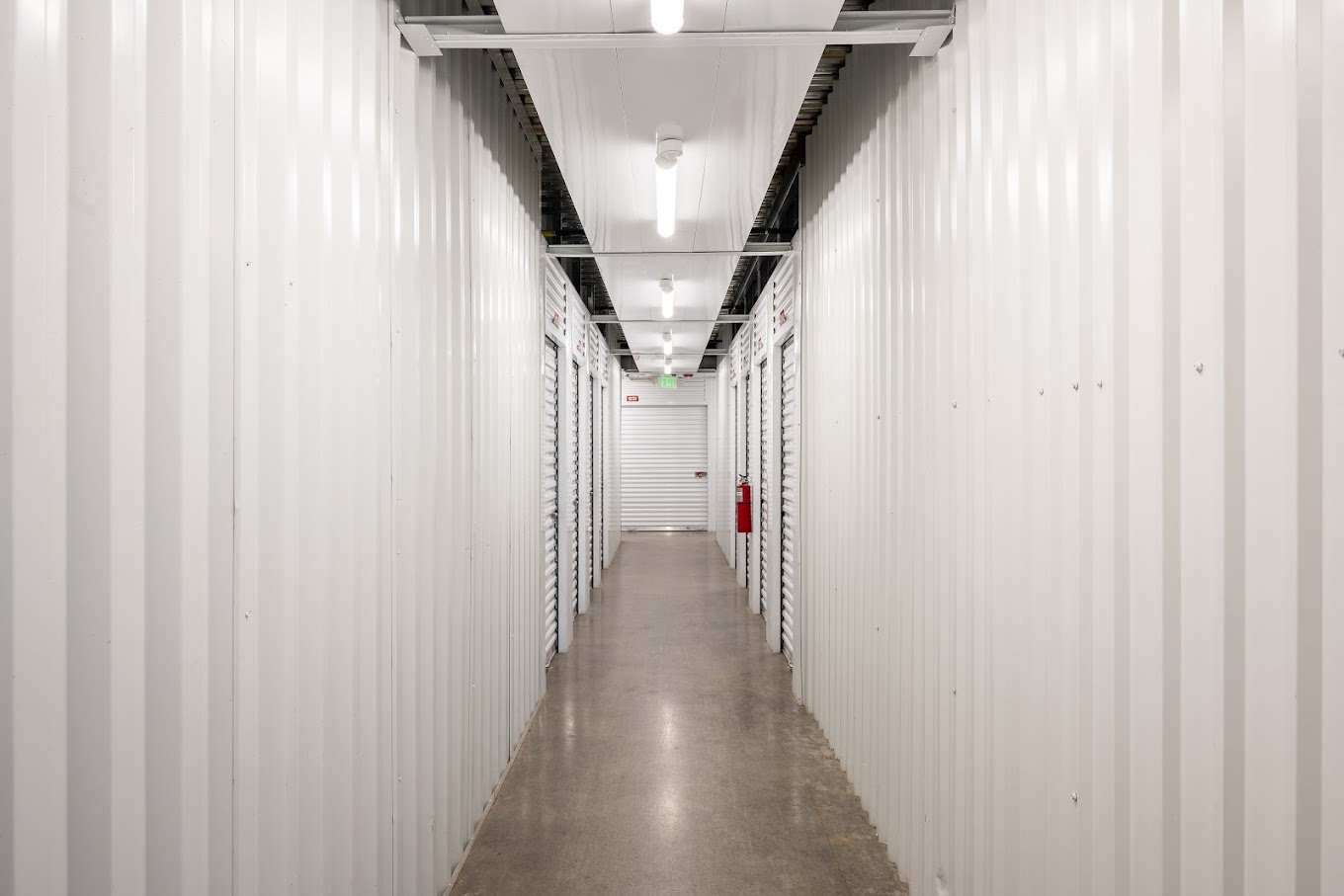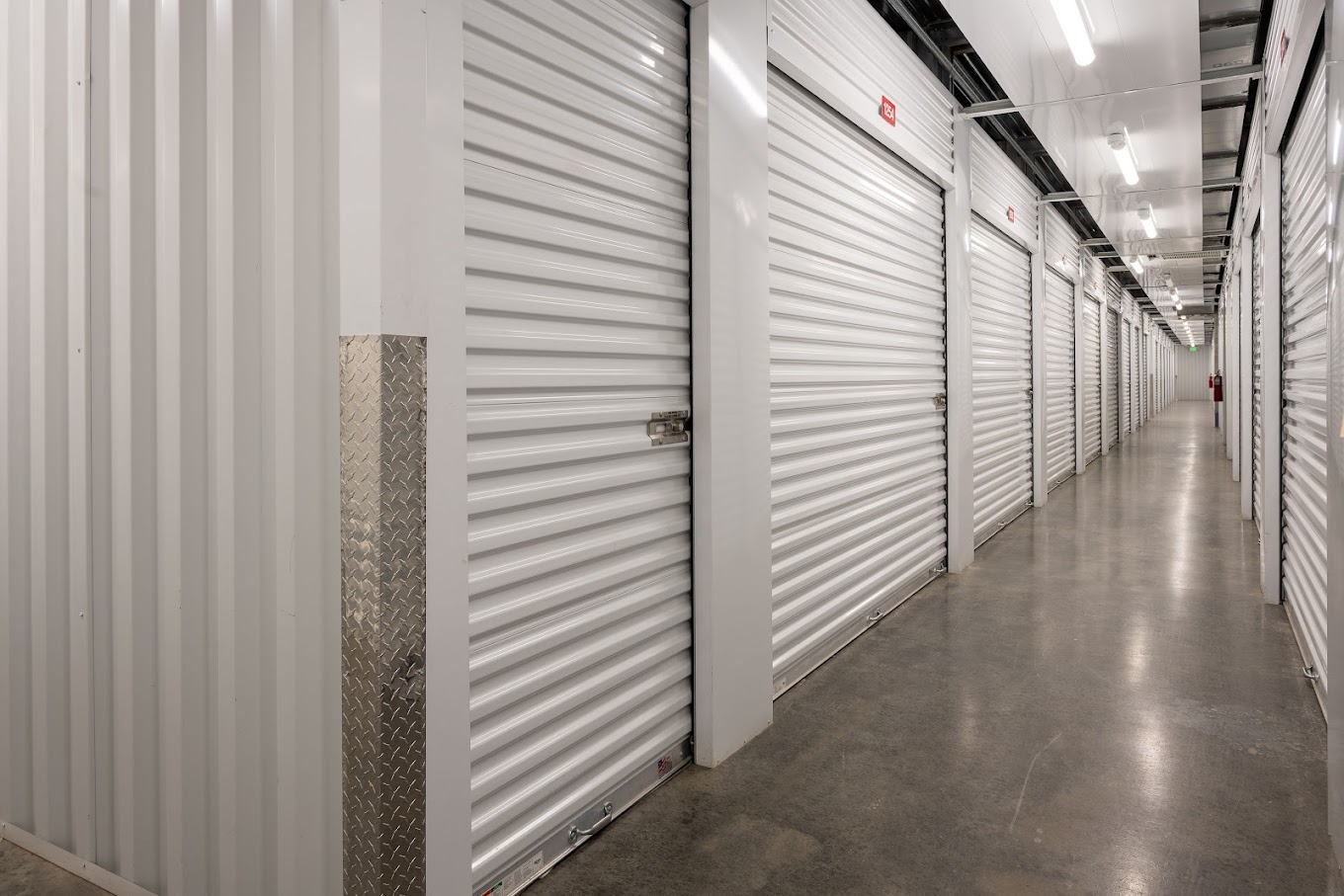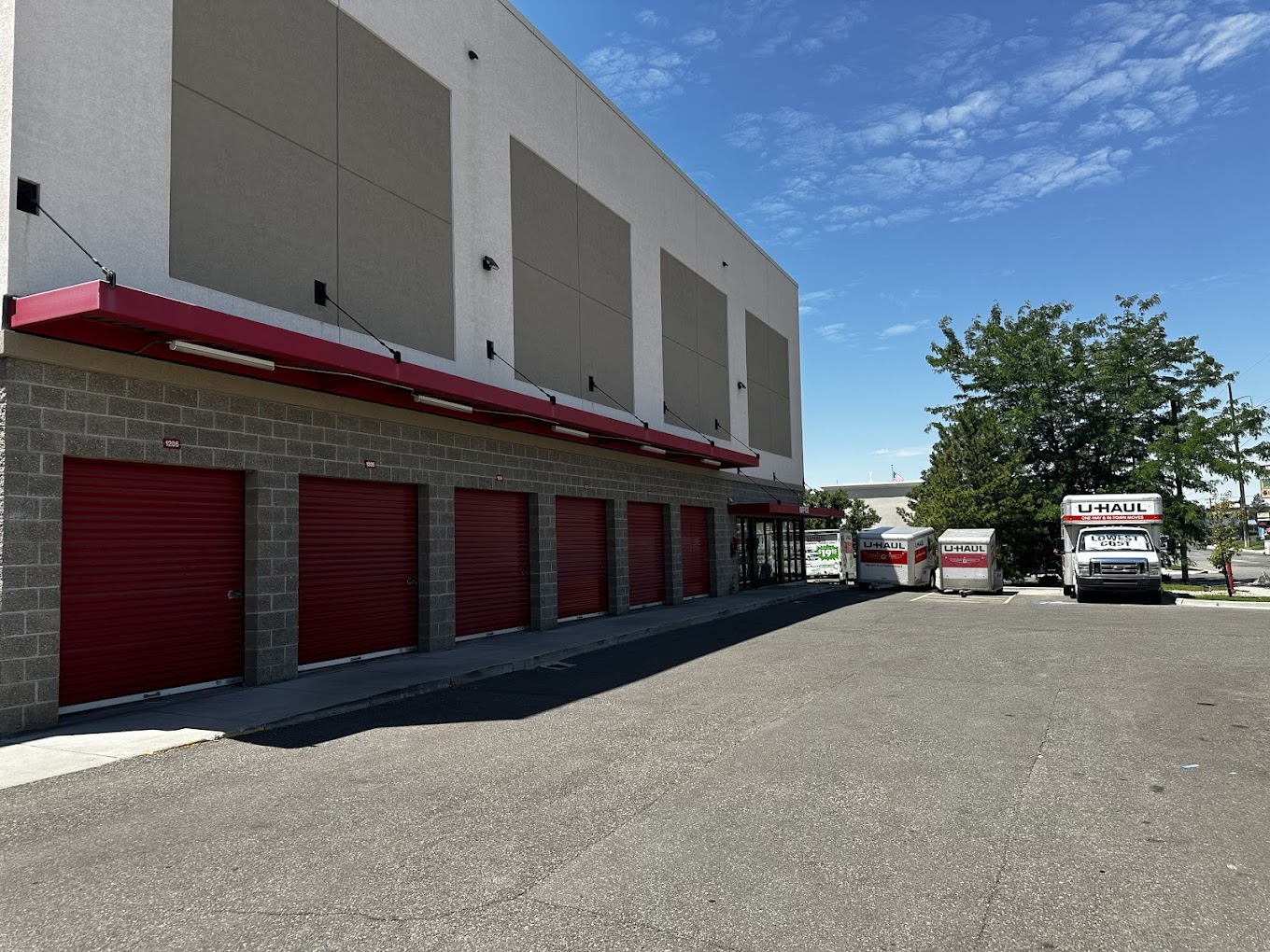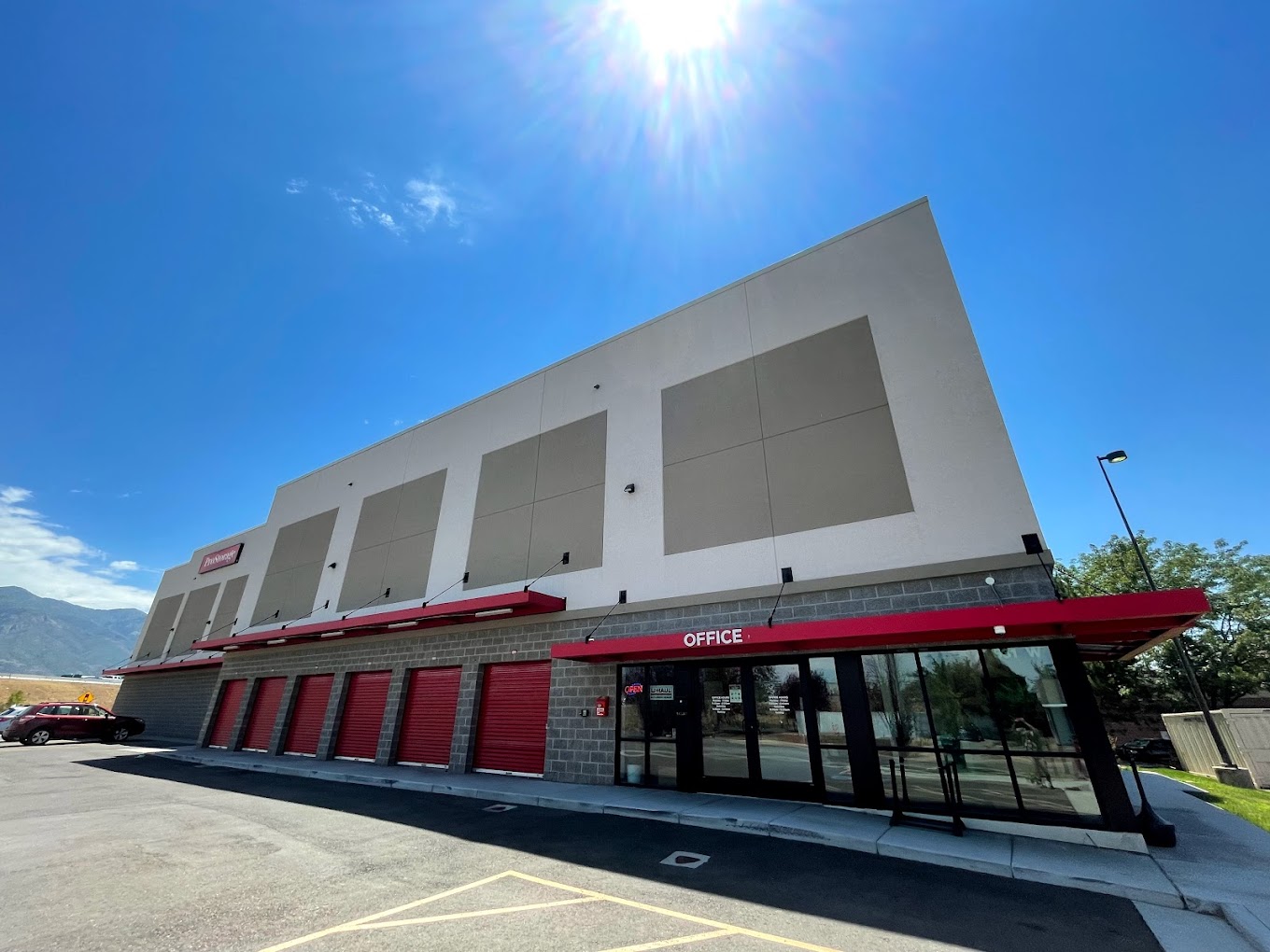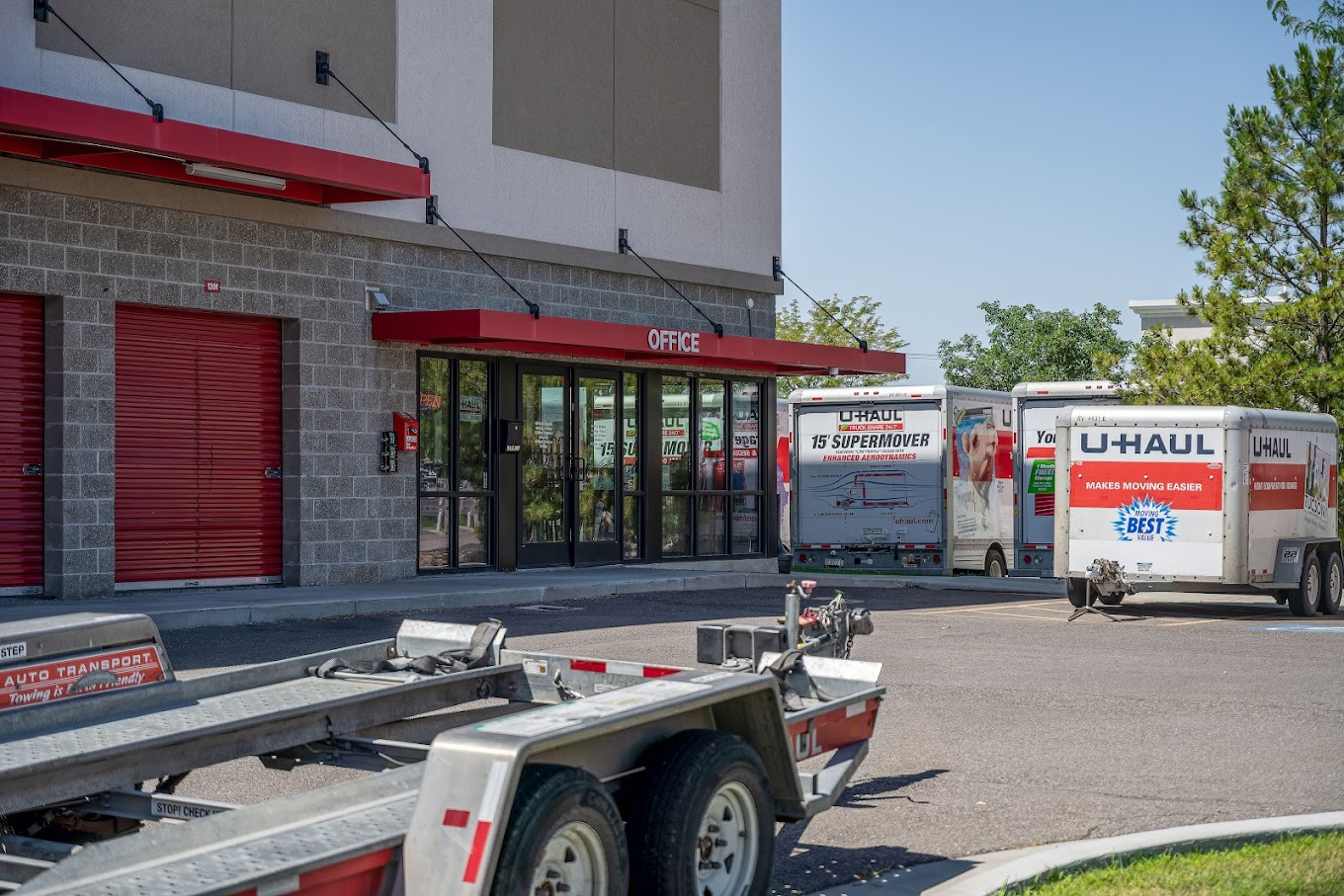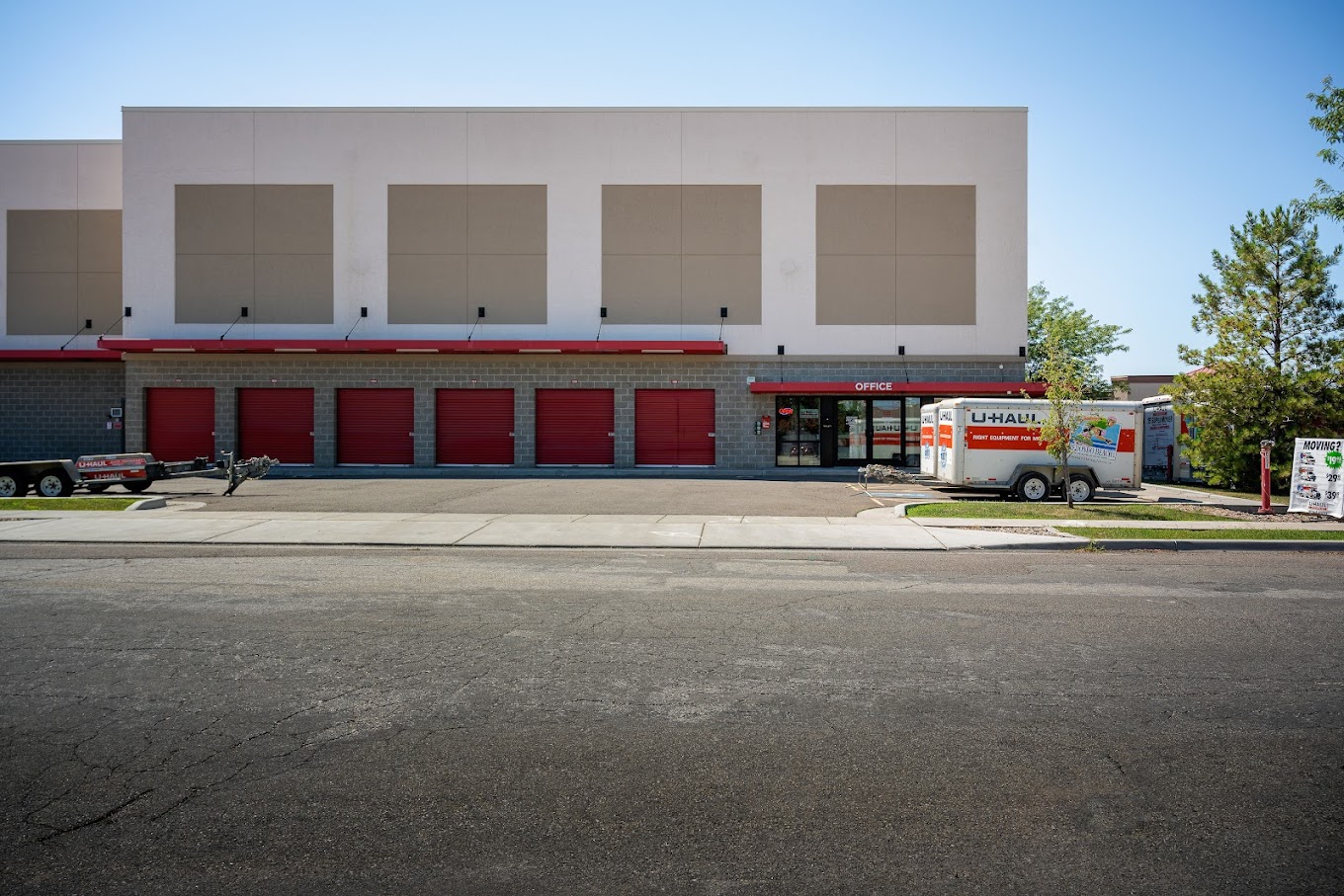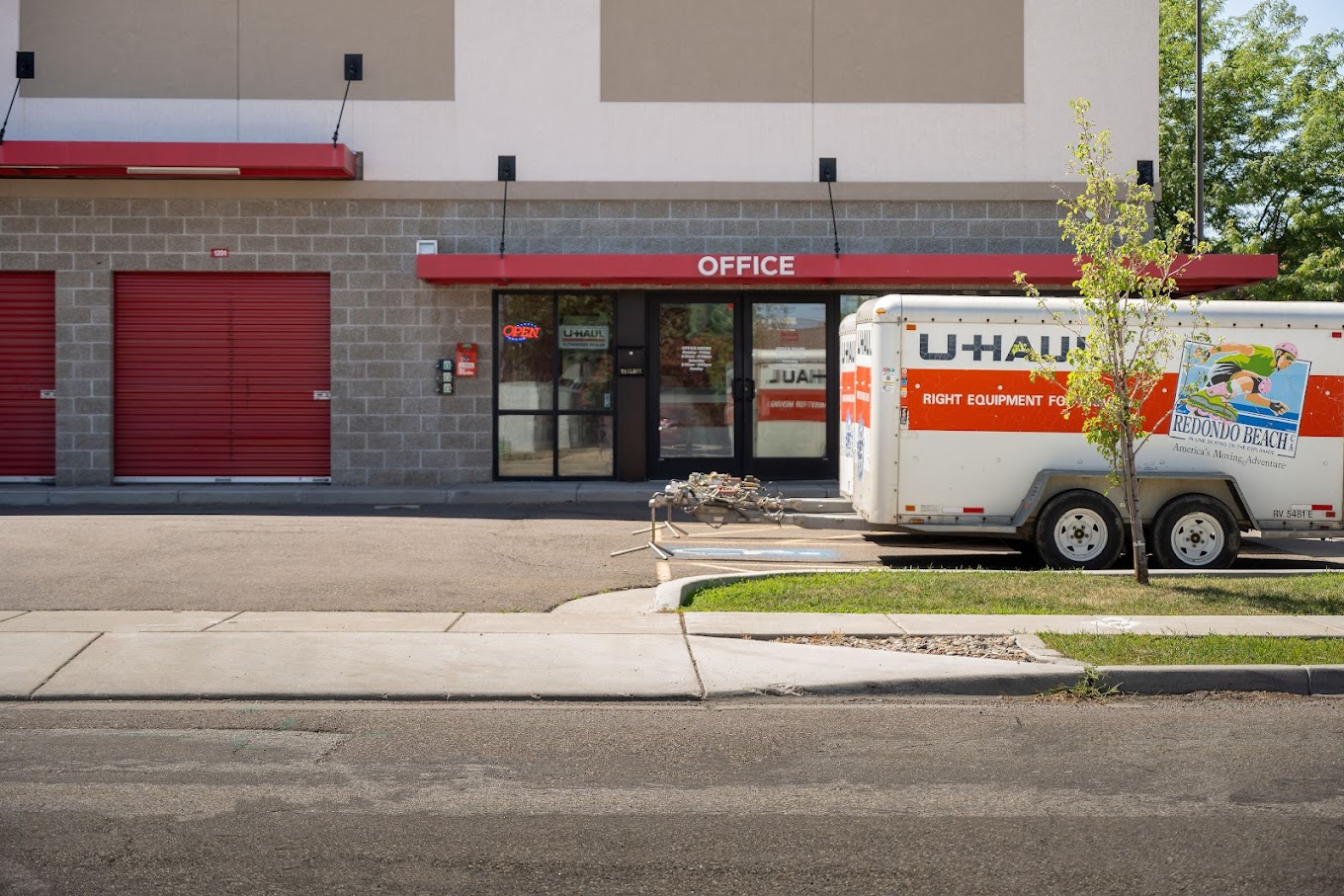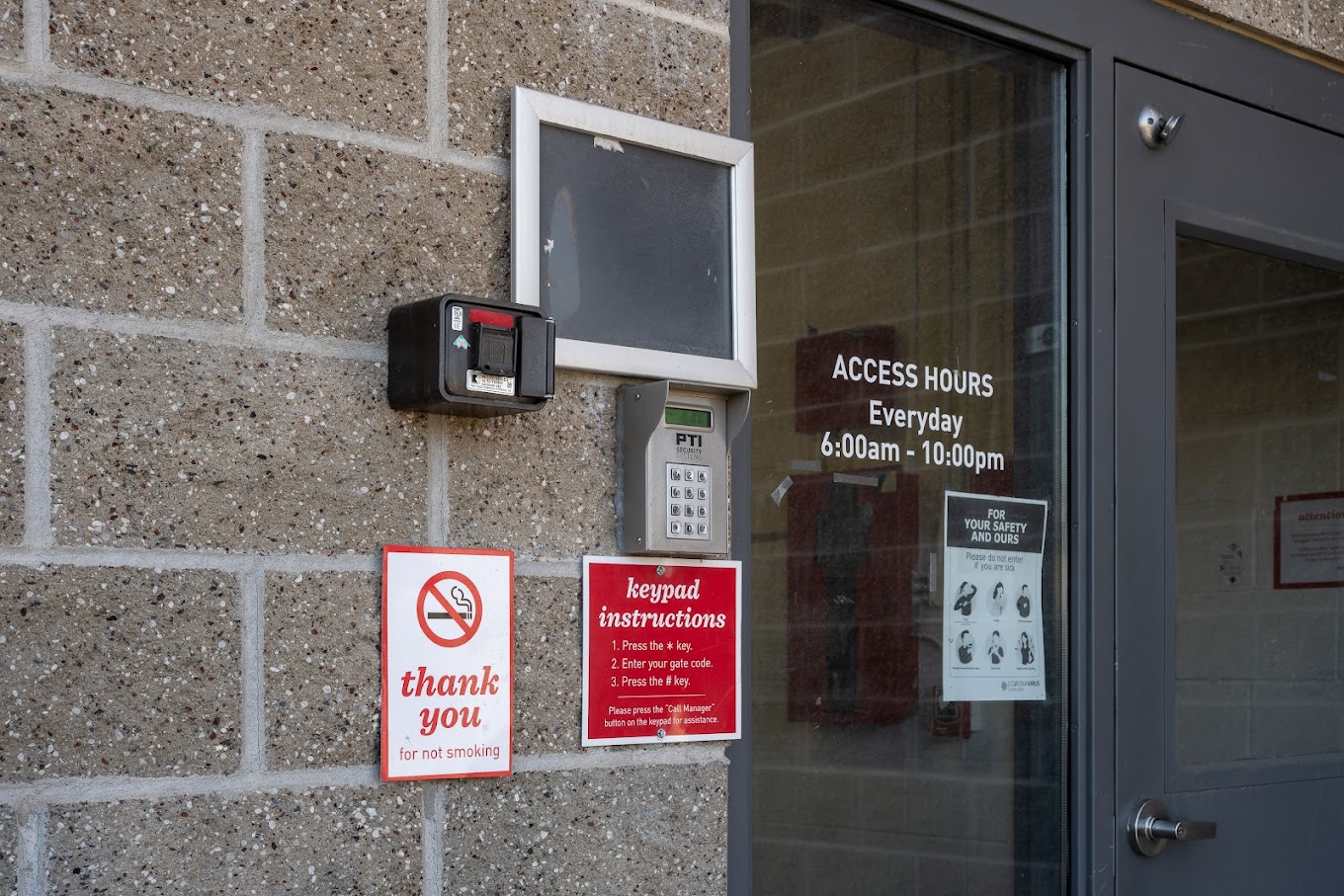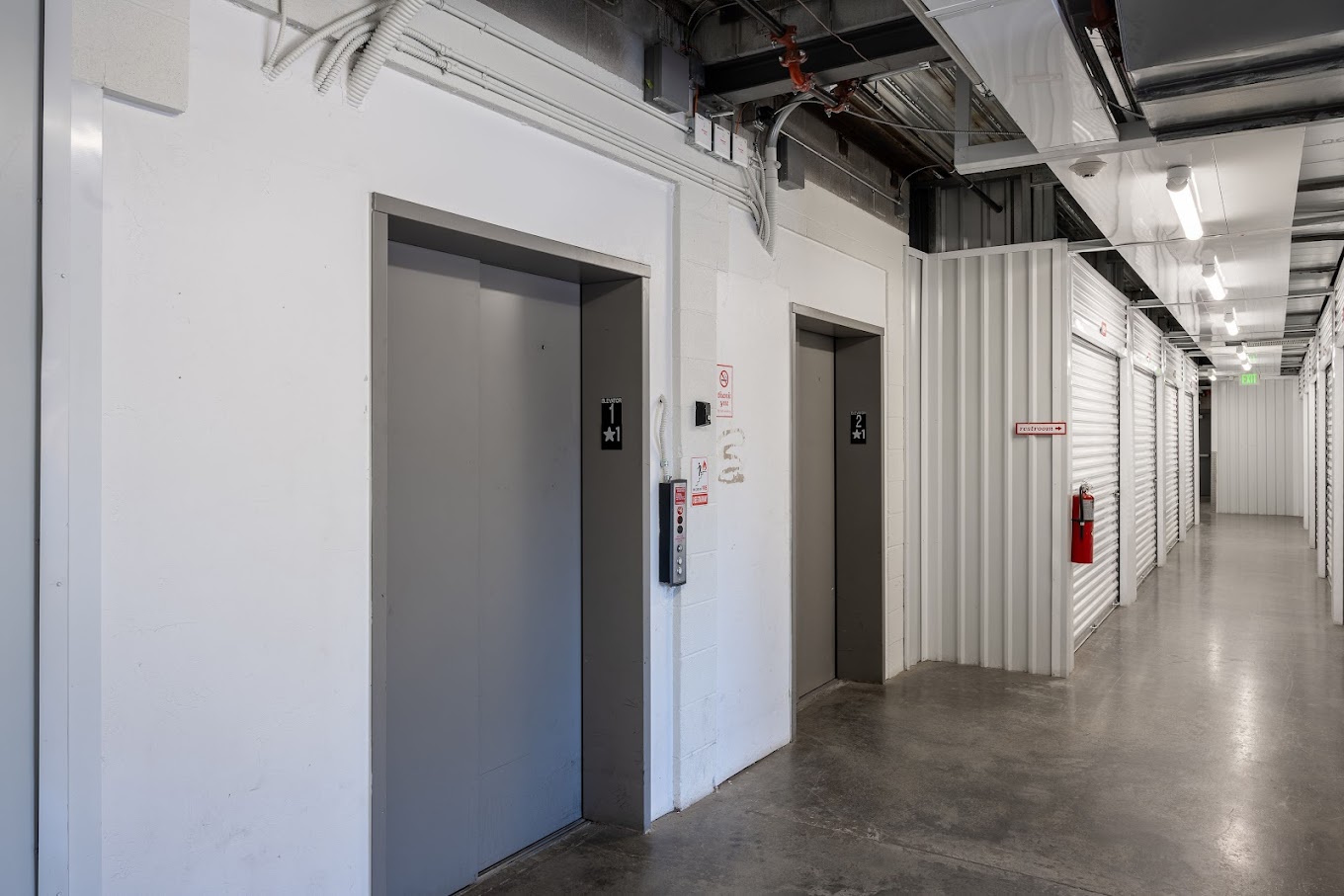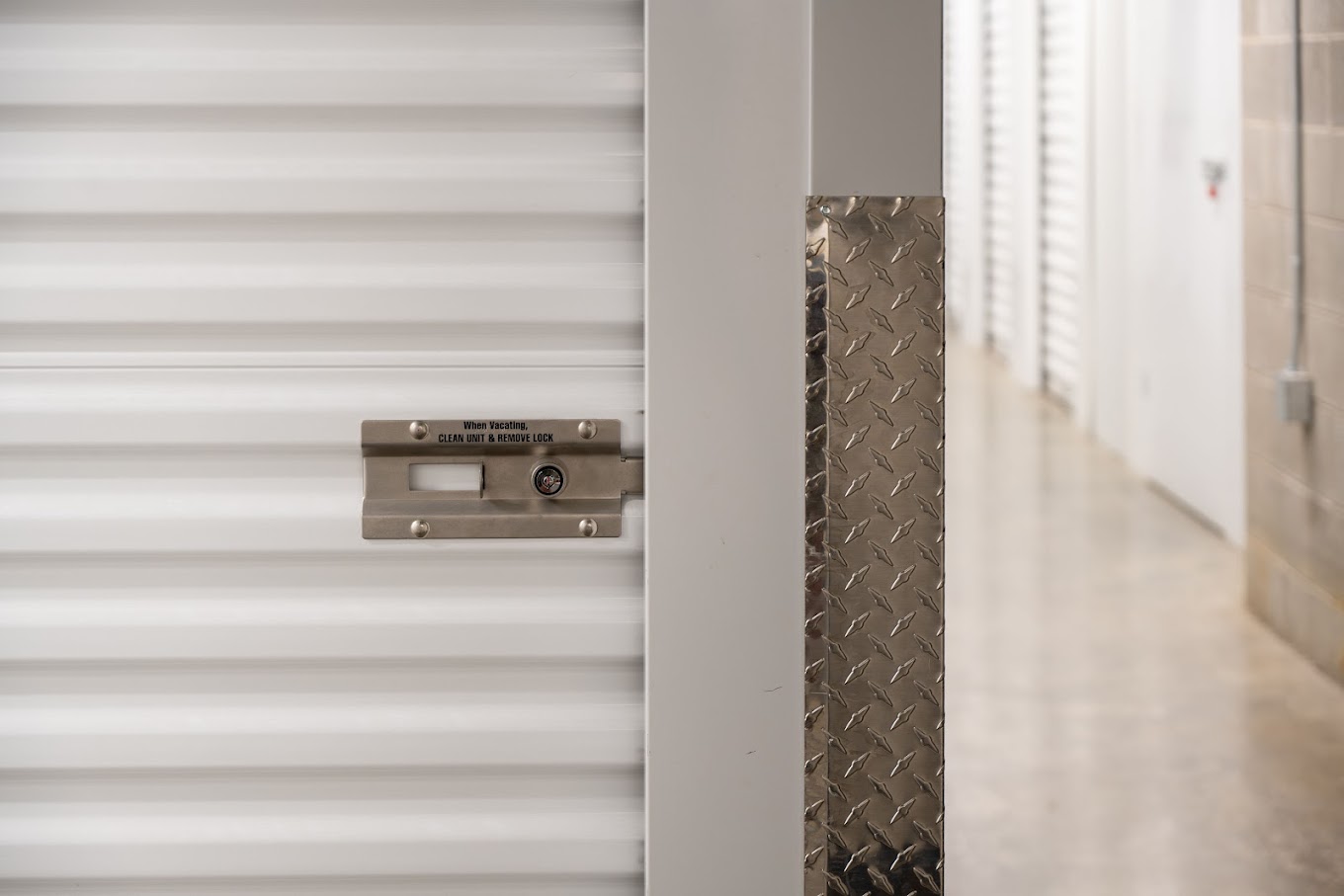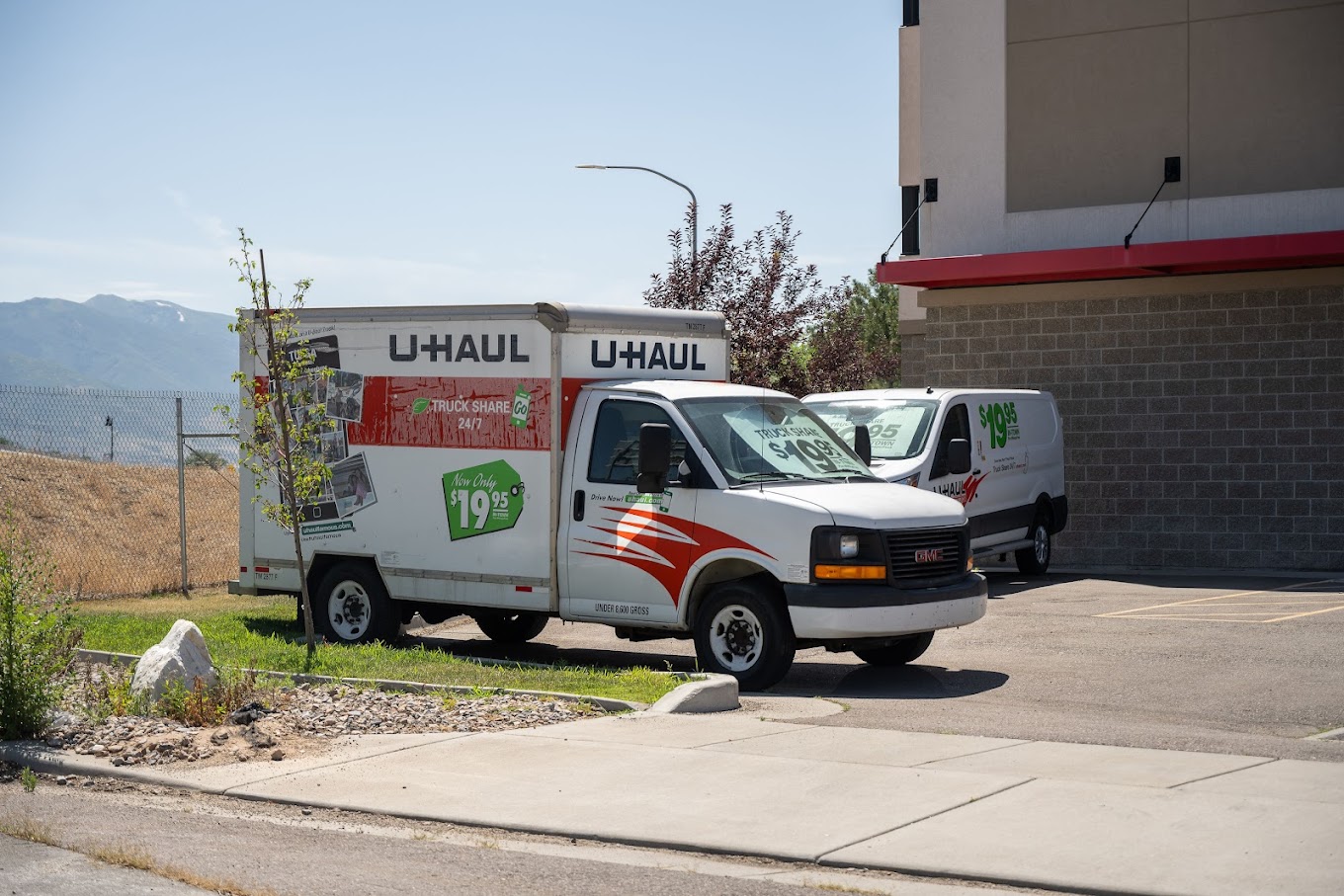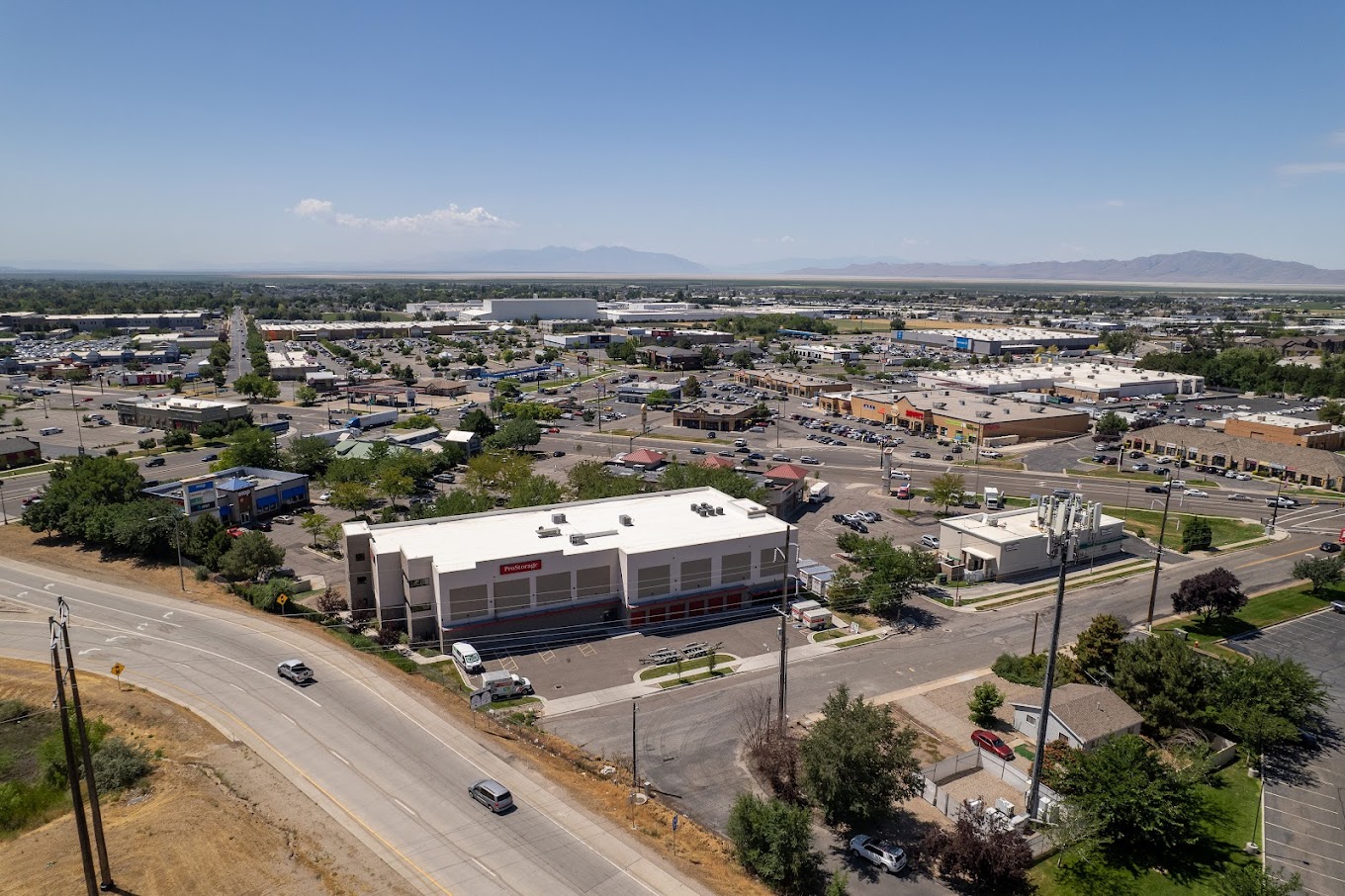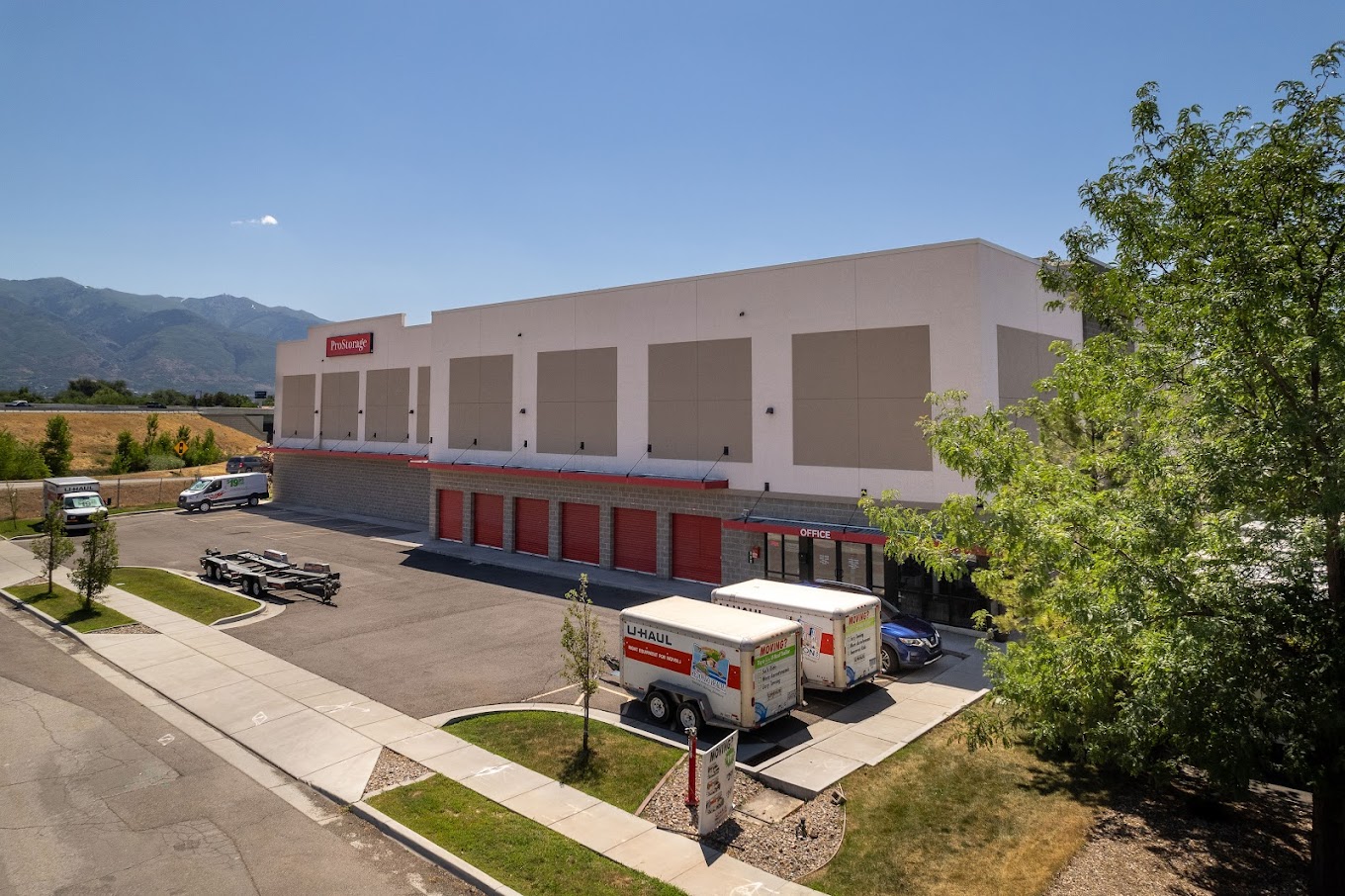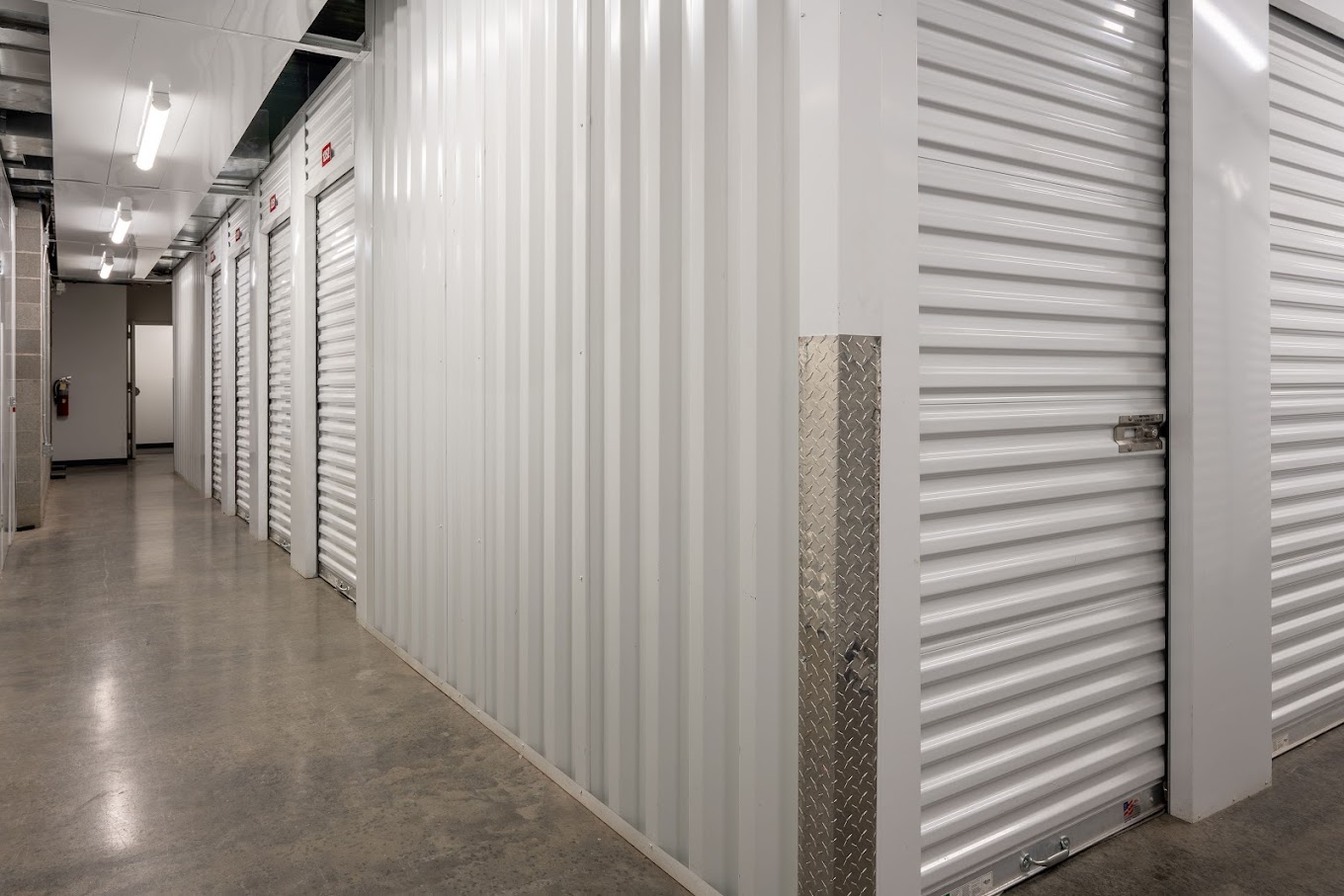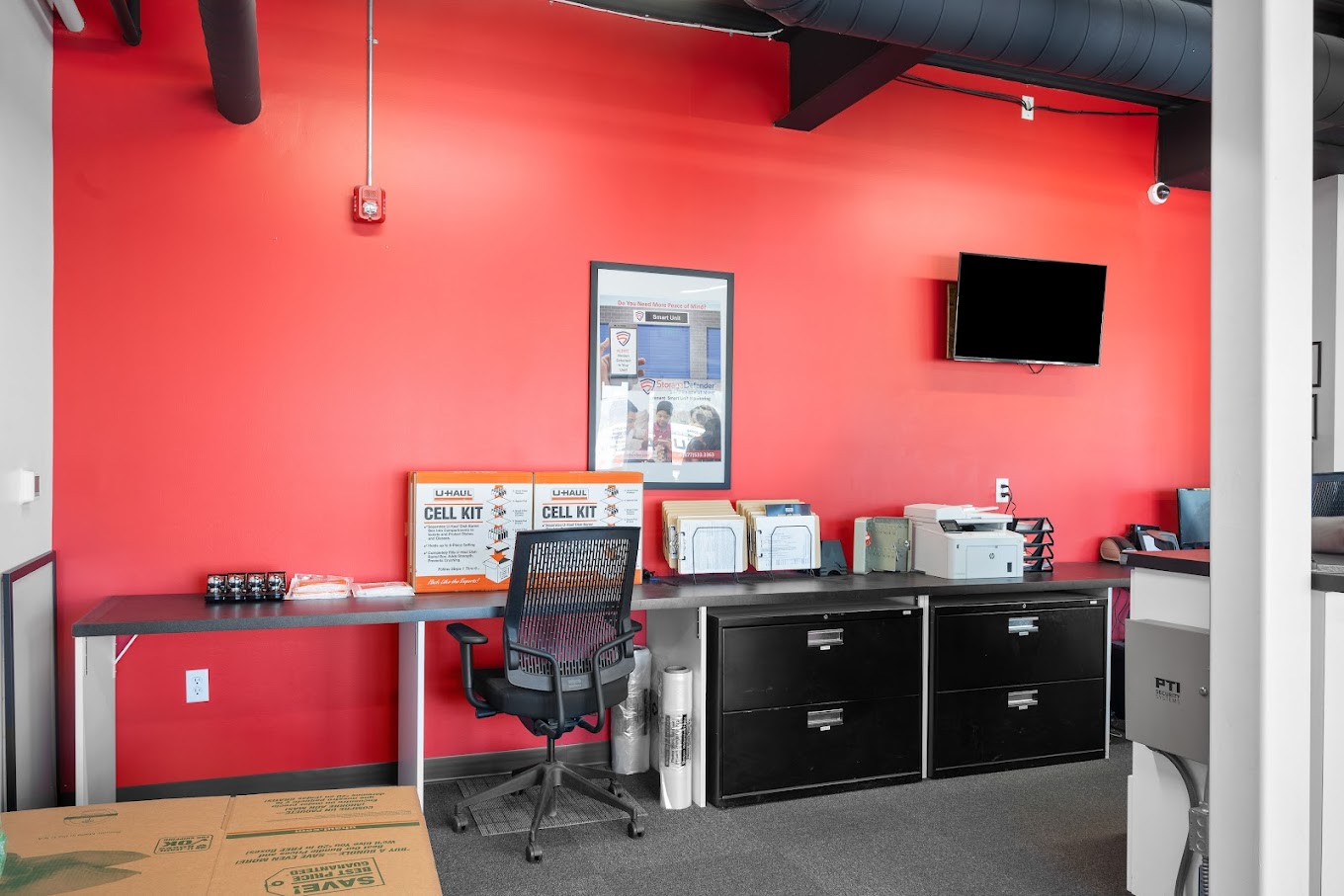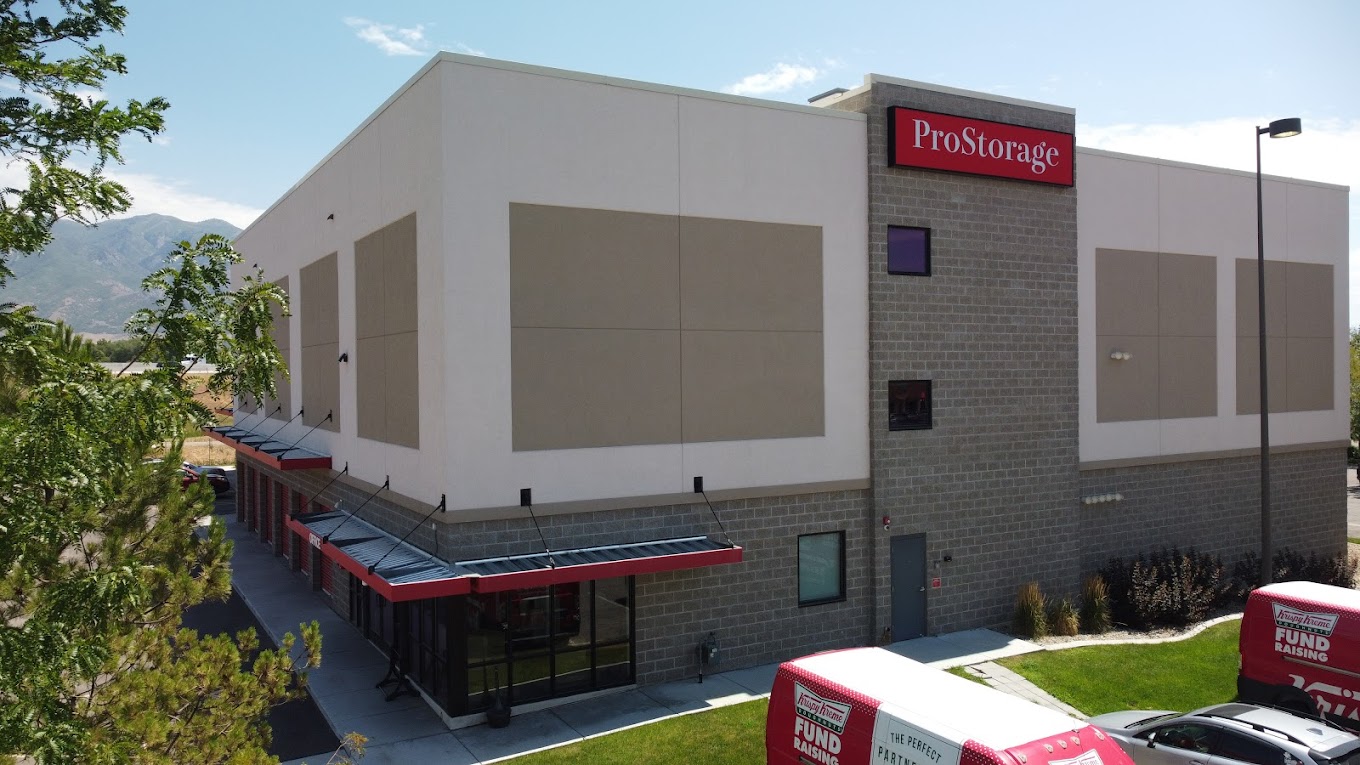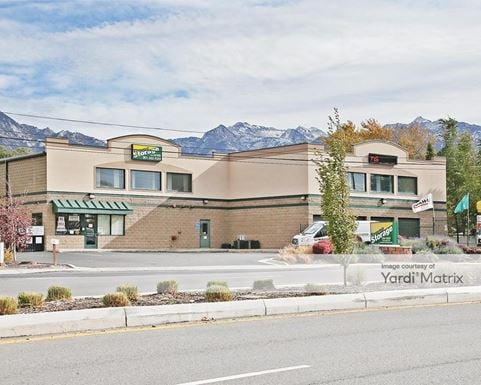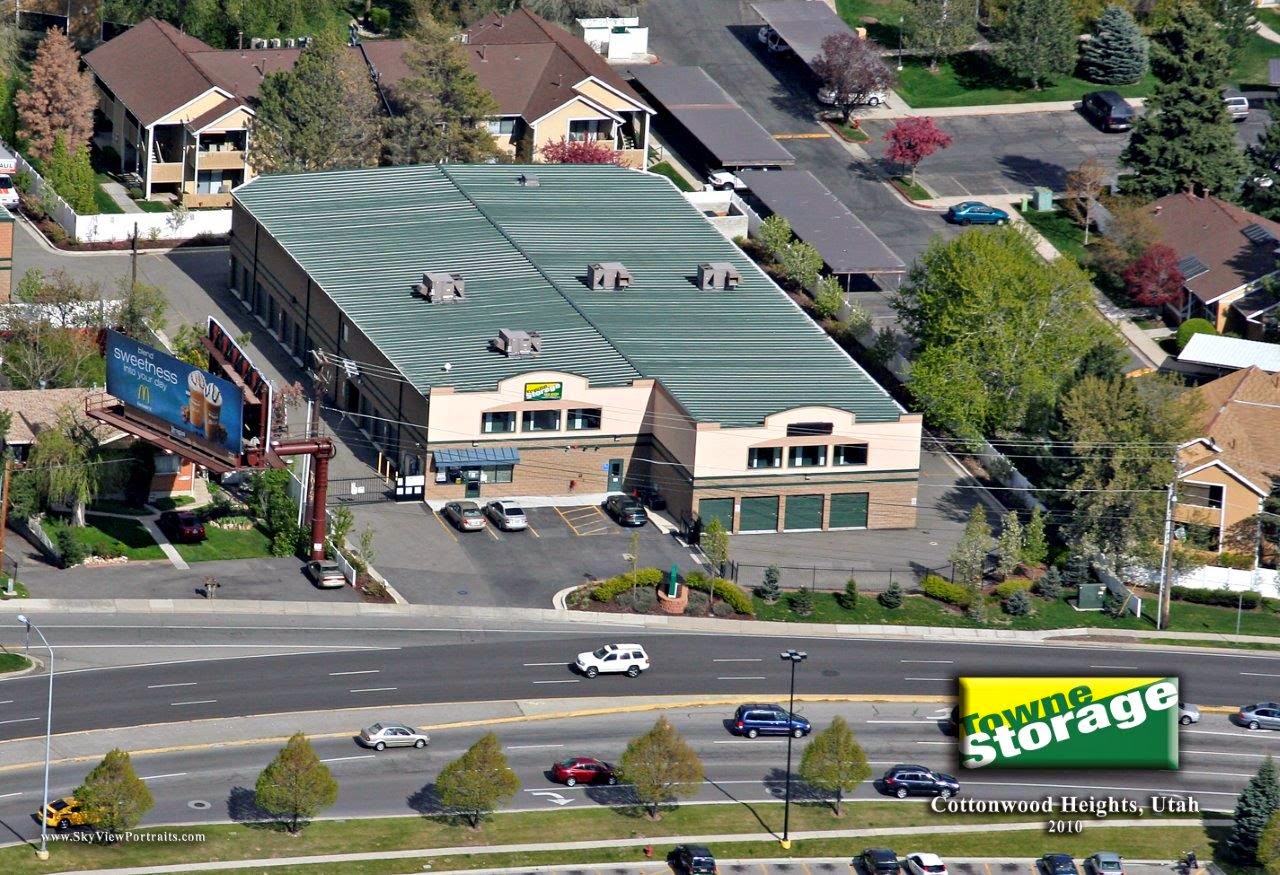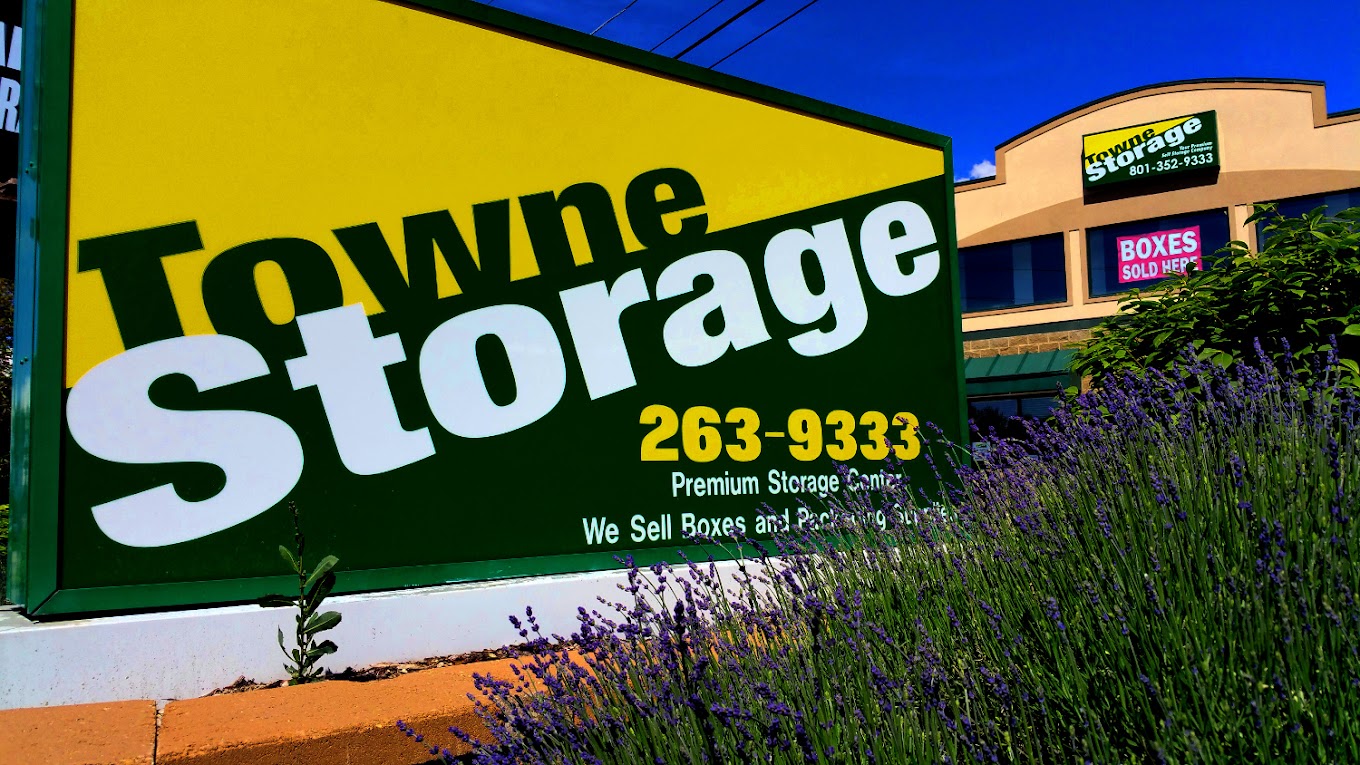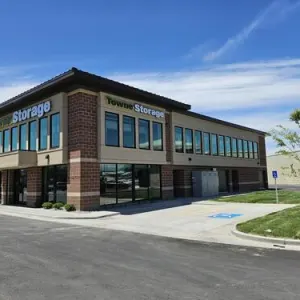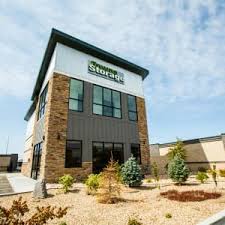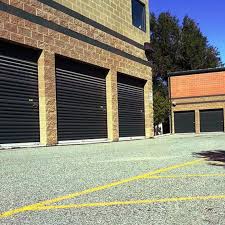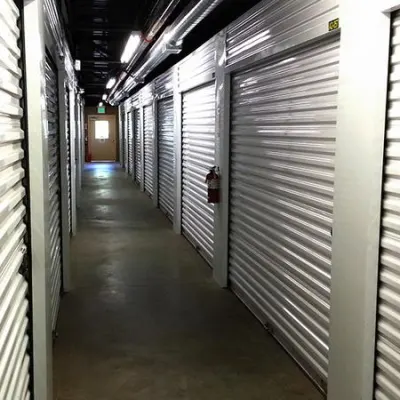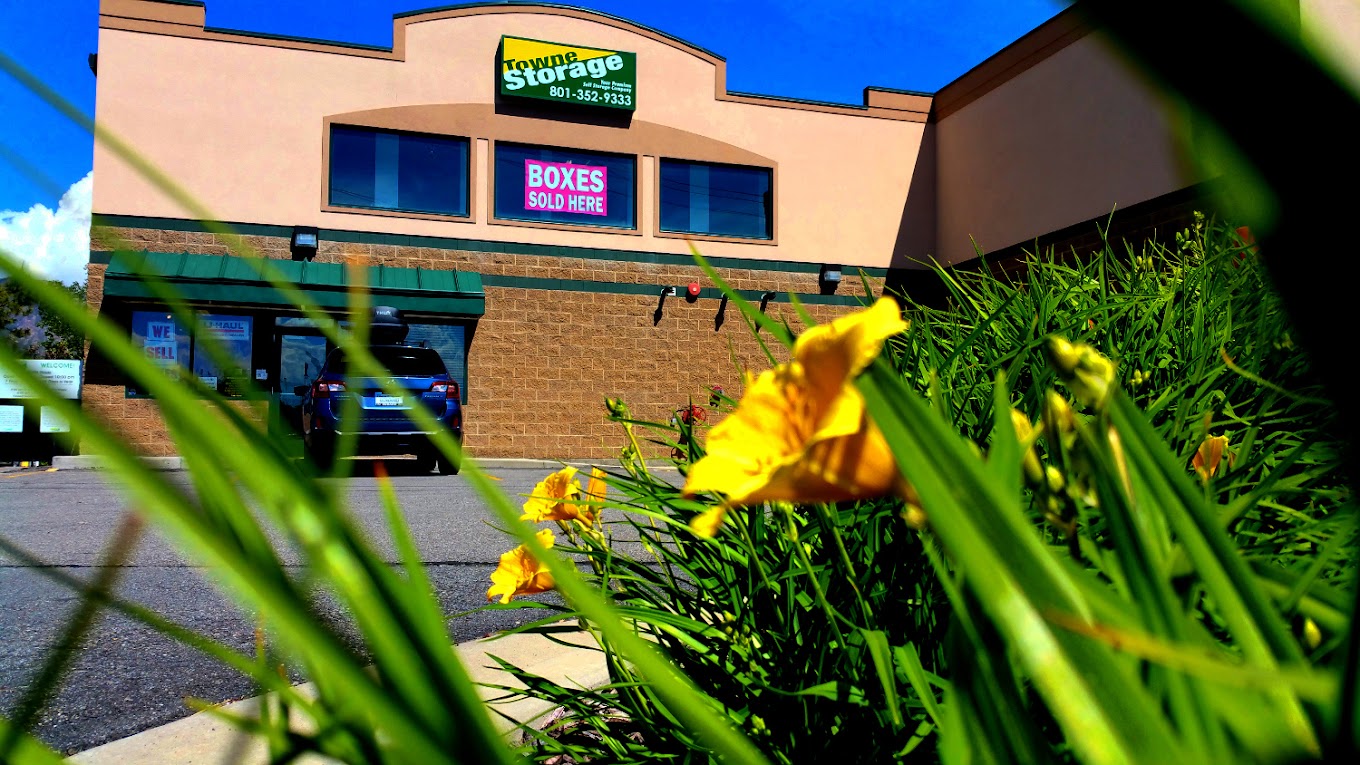AZ license # AZ-ROC 339991
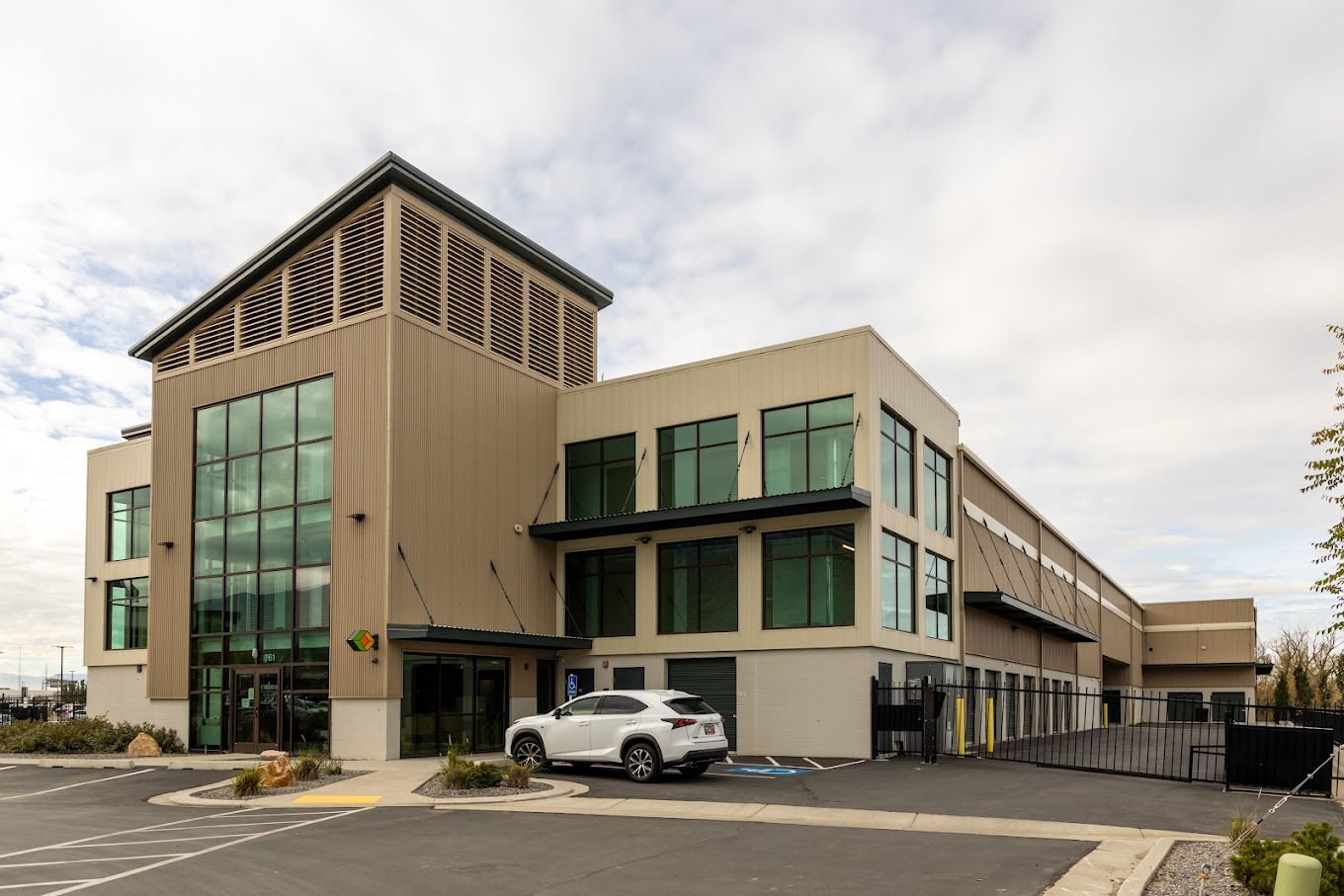
CLIMATE-CONTROL STORAGE CONSTRUCTION
Temperature-Controlled Storage Solutions
Looking for a self-storage contractor to guide you in your multi-level self-storage construction project? We provide a range of construction services for building your multi-story storage facility, from engineering & design to fabrication and installation, so you can spend less time searching for vendors and more time focusing on your investment. We can help you build storage units that are cost-effective and built to last.
Is Climate-Controlled Self Storage Worth the Investment?
Very few places in the country are fortunate enough to avoid the frigid temperatures of winter, the extreme heat of summer, and the humidity that comes with it. For that reason, climate-controlled storage spaces have exploded in popularity, particularly in areas prone to extreme temperatures or high humidity. Renters storing valuable or irreplaceable items often prefer climate-controlled self-storage units due to their high degree of protection and peace of mind.
Owning a climate-controlled storage business is a great investment. Storage business profit margin is up to 11% per year, whereas capital-intensive business profit ranges between 3%- 5%.
Climate-controlled units are also a great way to increase profit because they typically command higher rental rates than traditional spaces of the same size. The amount of upcharge will vary by region of the country; however, in some markets, this could be 15-35% or more.3 Another huge advantage is that the newest generation of 100% climate-controlled, multi-story buildings enables a developer to build roughly three times the rentable square footage on the same amount of dirt. This means the owner can absorb a much higher land cost. It also allows them to consider many more parcels for a project.
Design Considerations
Costs
It’s common for commercial steel building developers to phase a project, but when planning a site with climate control, consider how the design will impact construction costs. The most cost-effective building is a large, wide structure.
On average, building a climate-control self-storage costs $35-$70 per square foot. It may also cost around $8-10 million for a 2.5-acre landed storage. This figure represents almost all costs, including land, land development, construction, permits, insurance, materials, labor, etc. The actual price may vary depending on your location, materials used, type of building, etc. This is simply a rough estimate based on 2021 factors.
Heating and Cooling. Depending upon the location of your facility, a facility owner must decide if they are going to offer both heating and cooling (or one or the other). Generally, a climate-controlled facility should maintain building and unit temperatures below 85 degrees in the summer and above 55 degrees in winter, with humidity below 65 percent to prevent mold and mildew.5
Moisture is the biggest design consideration. Split-system HVAC units work well in these situations. When used in conjunction with a dehumidifier, these systems ensure that stored belongings stay dry. Another consideration is to utilize ionizers in lieu of additional “outside air intakes” to help minimize moisture.
Unit access
Climate-controlled buildings are usually built with interior unit access via hallways, but more commercial steel building developers are building climate-controlled units with exterior, drive-up access. Since these units are open to the weather elements, climate-control can be a bit more challenging. Therefore, these units should be equipped with insulated sectional doors (typically R-19 insulating value) rather than traditional roll-up doors. The proper HVAC system can also help overcome these challenges.
Unit size
Interior-access buildings won’t contain units as large as those used for drive-up storage. The largest unit size in these buildings is typically 10-by-20.
How much insulation you need and what kind will vary based on local building codes, weather conditions, and owner preferences. The International Energy Conservation Council recently changed its guidelines in many areas, requiring more insulation to better preserve energy. This isn’t a bad thing because it can provide facility owners the most cost-effective way to keep temperature and humidity at optimal levels.
Inside Self Storage recommends a minimum of 6 inches of fiberglass (R19) for roofs and walls. The building’s heat loss and gain must be determined by the HVAC contractor. This contractor will calculate insulation values, ceiling heights, cubic area, type of construction, amount of lighting, exterior doors, number of windows, and the air infiltration from outside.
Projects can be built with spray-in foam, fiberglass batts, insulated panels or some sort of combination. While building a project with a higher R-value will cost more, it pays benefits in two ways – your operating costs will be lower contributing to a higher property value when it’s time to sell.
Other ways to insulate your facility include:
- Utilizing white metal roof materials
- Incorporating separation between metal wall panels and structural steel to provide a thermal break
- Fully insulating partitions at marketing towers to separate heat gain/loss at windows from the rest of the facility
- Fully tinted windows to reduce ultraviolet radiation
- Utilizing LED light fixtures
Roof pitch
You can choose from a variety of roof pitches for climate-controlled buildings. Roofs can be designed to allow room for the desired insulation thickness (R-value) directly under the panels. Or, on higher-pitched buildings, the insulation may be placed directly over the ceiling of the heated/cooled space as you would find in a home, with insulation on the attic floor rather than under the rooftop.
Completed Projects
project spotlight
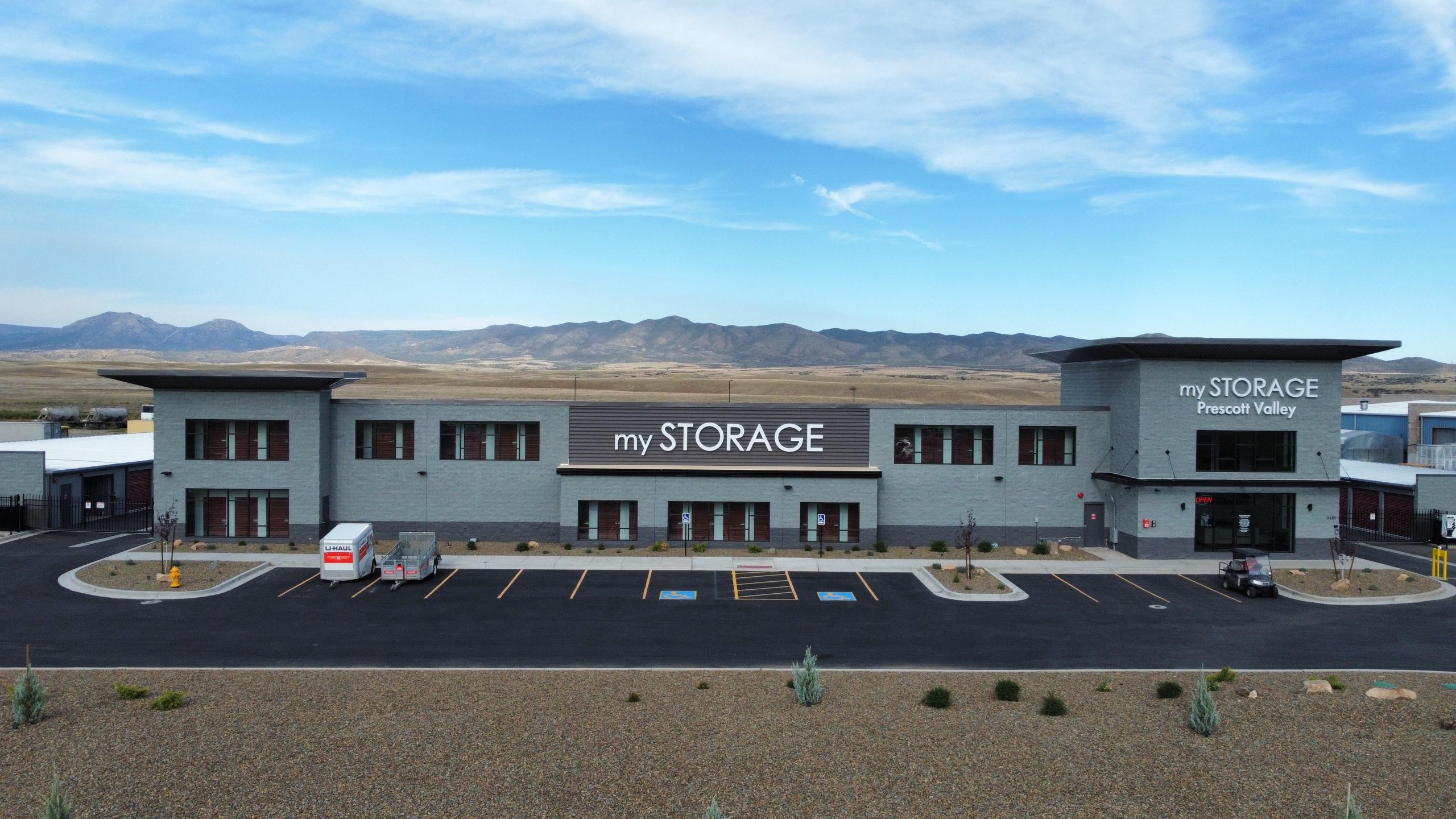
Project Spotlight: My Storage Prescott
My Storage Prescott is a 140,000 sq ft multi-story, climate-controlled class A self-storage construction project in Prescott, Arizona, completed in 2024.
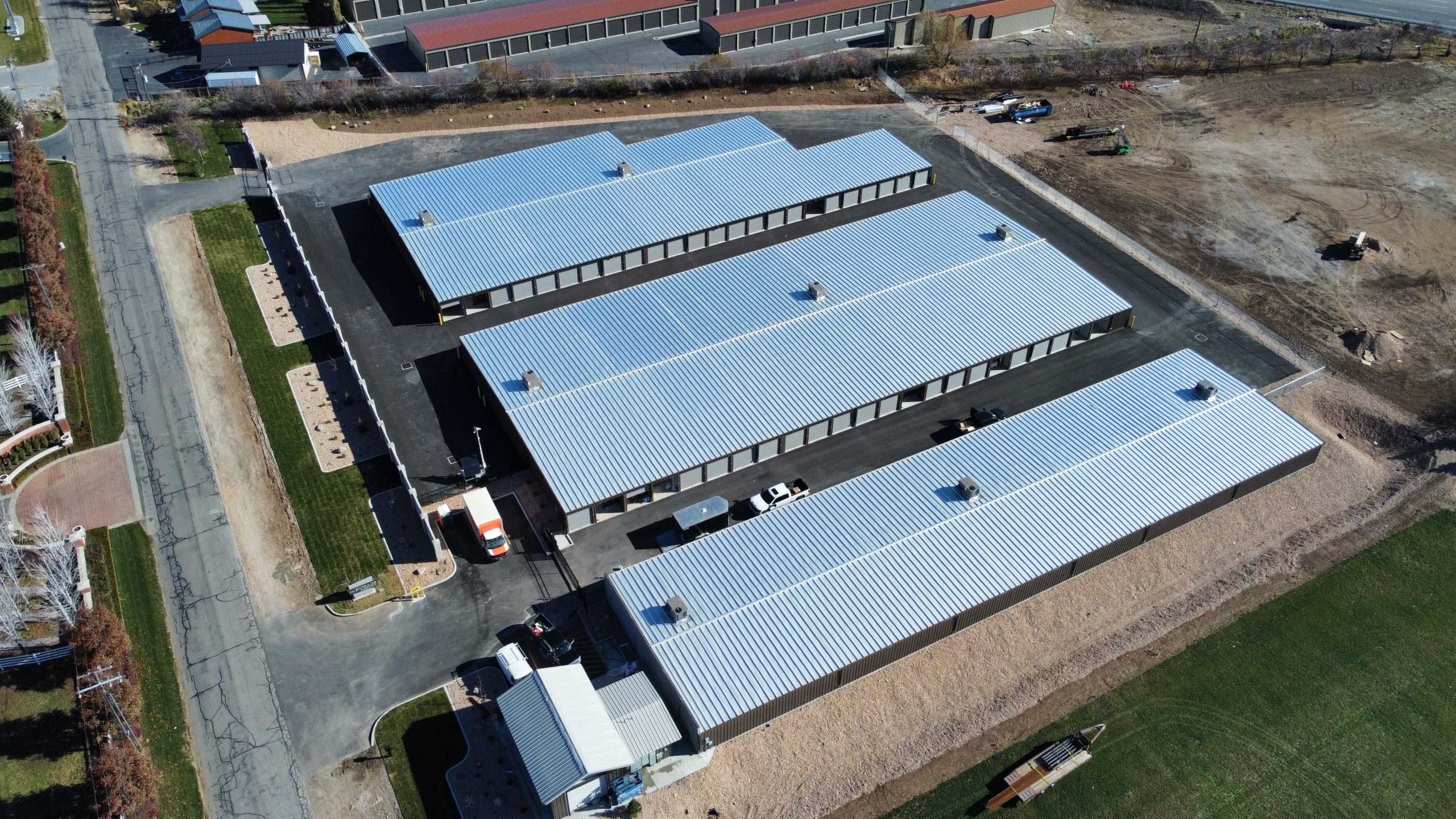
Project Spotlight: My Storage Charleston
My Storage Charleston is a 110,000 sq ft single-story class A self-storage construction project in Charleston, Utah, completed in 2024.
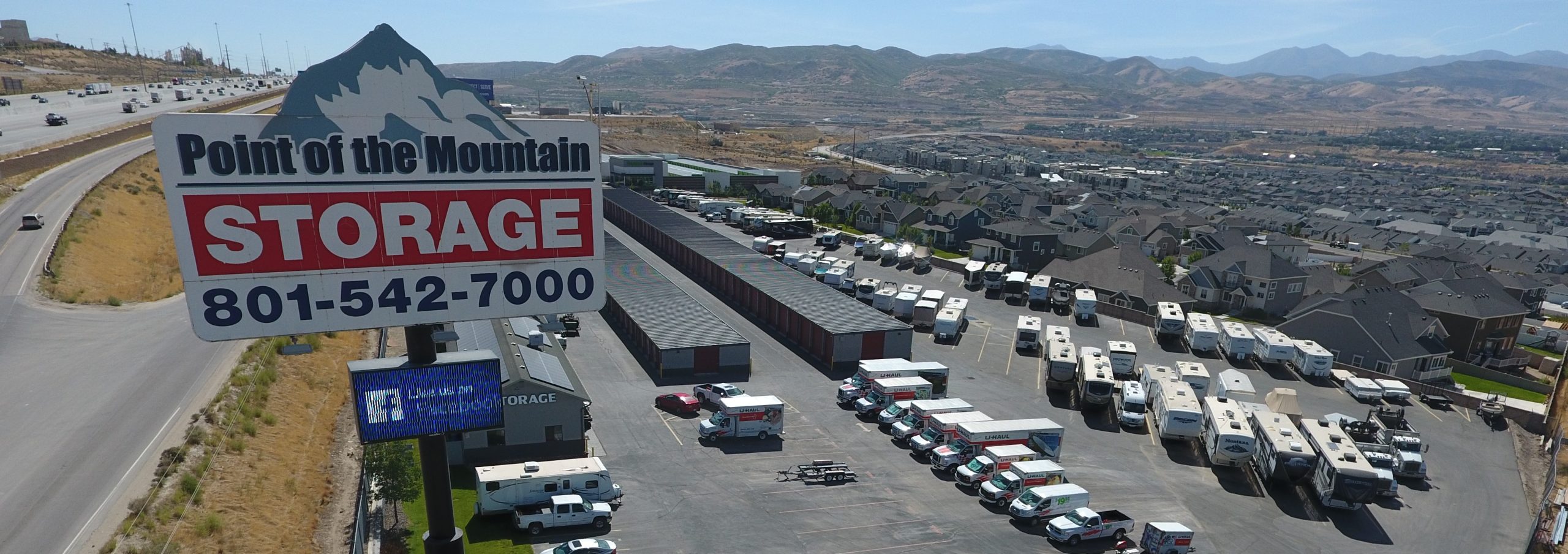
Project Spotlight: Point Of The Mountain Storage
Point Of The Mountain Storage is a 90,000 sq ft single-story class A self-storage construction project in Draper, Utah, completed in 2016.
HERE’S WHAT OUR CLIENTS ARE SAYING ABOUT US
We Love To Hear They’re Happy
JOHNSON STORY
Established in 1998, Johnson Construction is a family-based business specializing in self-storage metal building construction. With over 25 years of experience and more than 20 million square feet of storage buildings erected, our dedication to quality craftsmanship and personalized service sets us apart from large corporations. Whether you’re building new or expanding your self-storage facility, we provide tailored solutions to meet your needs.

